There are many common varieties of mushrooms, which are divided into edible, conditionally edible, the use of which is possible after heat treatment, and poisonous. In order to learn to distinguish edible mushrooms from those that are harmful to health, it is necessary to study the characteristic features of different species, their distribution and time of occurrence.
Content
Names and photos of edible varieties of mushrooms
Edible varieties include mushrooms that are collected in the forest or artificially cultivated for further use in cooking. Most of them have a pleasant specific taste, and some are even considered delicious. Edible species are nutritious, rich in vitamins, contribute to the rapid absorption of food. These include:
- White mushrooms;
- mushrooms;
- saffron mushrooms;
- russula;
- champignons;
- oily;
- Shiitake mushrooms.
Before picking mushrooms, it is not enough to know their names for edible species, it is important to carefully study their photos and descriptions, which will eliminate the mistake in the forest.
White mushrooms
These mushrooms belong to the genus Borovikov. They are easily distinguished by the following characteristic features: a wide (on average 15-30 cm in diameter) hat and a thick barrel-shaped leg. The cap is characterized by a smooth outer surface and the presence of mucus in wet weather.
Its color can vary from yellow to purple. The foot can reach 25 cm in diameter. Its color in young organisms can vary from white to reddish brown. On the surface of the upper part of the leg, a network of bright veins is distinguished.
The pulp is strong and fleshy, with a faint smell in raw form. The flesh of young organisms is white, while the old ones are yellowish. When cut or broken, it does not change color. The white or yellowish hymenophore is easily separated from the cap. The pores are small and round. The spore imprint is olive brown. Spores are spindle-shaped, most often reach a size of 15.5 × 5.5 microns.
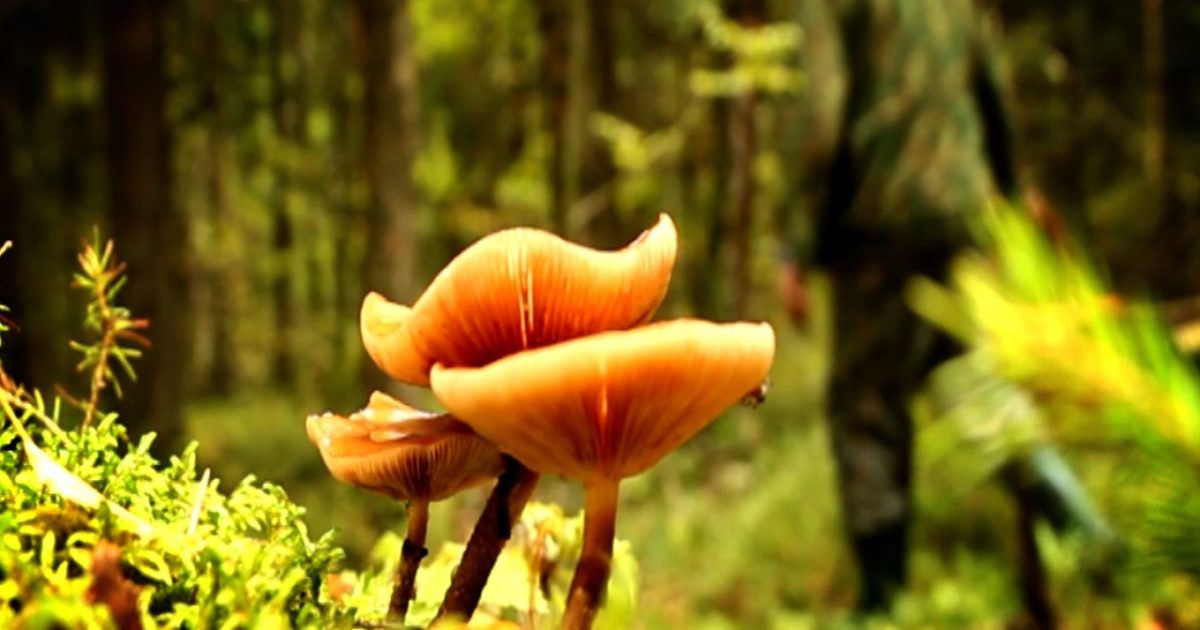 You may be interested in:
You may be interested in:Porcini mushrooms “live” in mixed forests, most often they choose places with a large number of mosses and lichens. Each species has its own place of growth. So, birch mushroom can be found in birch forests and on their edges, pine - in the burs, spruce - in fir forests. The optimal collection time is from late June to early October.
Mushrooms
Mushrooms represent the genus of the Boletovy family. Boletus consists of a massive leg and a large round hat. Last velvet to the touch, dry and smooth, reaches 25 cm in diameter. The size of the leg depends on the subspecies - the average is 3-18 cm. The leg is massive, has a fibrous surface. Most often painted in yellowish or brown.
The mushroom flesh is light lemon, turns blue or red at the place of cut. The hymenophore is olive or light yellow, the spores are rounded. The color of the spore powder has a wide color range.
Borovki is widespread in coniferous and deciduous forests with a temperate climate.They can grow both in groups and individually. Often found under trees such as pine, spruce, oak and hornbeam.
Ginger
Redheads belong to the genus Mlechnik. They are used in cooking, and are valued for their high palatability, some species are considered delicious. The name reflects external characteristics: the color of the fruiting body is most often orange, reddish or yellow. The color is acquired using beta-carotene, which is then transformed into vitamin A.
Redheads are found in mixed forests, they are easy to find even under a layer of needles. The average diameter of a round hat is 7-18 cm. Its surface is slippery and especially sticky in the rainy season. In young saffron mushrooms, the hat is convex, but changes shape over time: the edges rise, forming a funnel in the middle of the hat.
The leg is hollow, its height does not exceed 10 cm. The pulp is dense and light, has a sharp taste and a sweetish smell due to the presence of milky juice. The tubular layer is lamellar, slightly comes on the surface of the legs and is difficult to separate from it.
Redheads are widespread in pine and spruce forests, often grow under a layer of fallen needles. They are rarely found in dry weather, they occur in large quantities during the rainy season. The beginning of the collection of saffron mushrooms is July, the richest crop can be harvested in August.
Russula
These mushrooms belong to the family Russula. Most species are edible, although some may have a bitter aftertaste. Not used in raw form due to irritating properties of mucous membranes. Hats of russula spherical, but gradually become flat or take the form of funnels. The edges of the cap can be striped and ribbed. The hat is covered with a dry matte skin, can be easily separated from the pulp.
The shape of russula plates differs in different species. They may have uneven length, blunt or pointed edges. The common feature of the plates in all species is fragility and color, ranging from yellow to ocher.
The legs of the russula are smooth, have a cylindrical shape, are rarely thickened at the base. Depending on the species, they can be hollow and dense. The average size is 4-7 cm. The pulp can be fragile and spongy, does not change color when an incision appears on it. Spore powder is white.
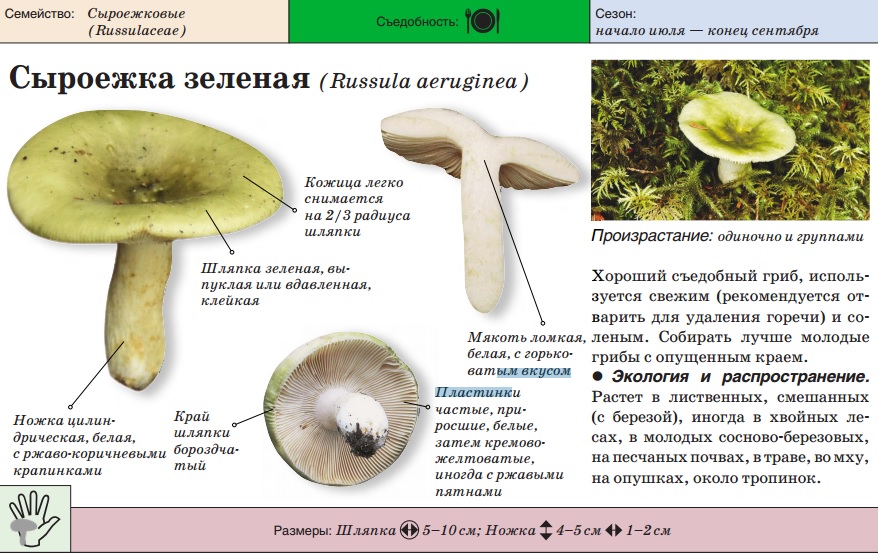
Russula grow in a temperate climate, next to many trees: pine, linden, aspen, birch. They can be found in groups on sandy and moist soils. Russula appear in the spring, but the collection season falls on August and September.
Champignons
Champignons belong to the Agaric family, and are cultivated around the world. They are of great economic importance and are widely used in cooking. Champignons contain essential amino acids, including cysteine and methionine. Antibiotics are made from some species.
The size of champignons varies greatly depending on the species - from 5 to 25 cm. The hat is dense, has a smooth surface, can be snow-white, and brownish, with dark scales. The plates are very dark, which makes it possible to distinguish champignon from poisonous varieties, the plates of which do not darken.
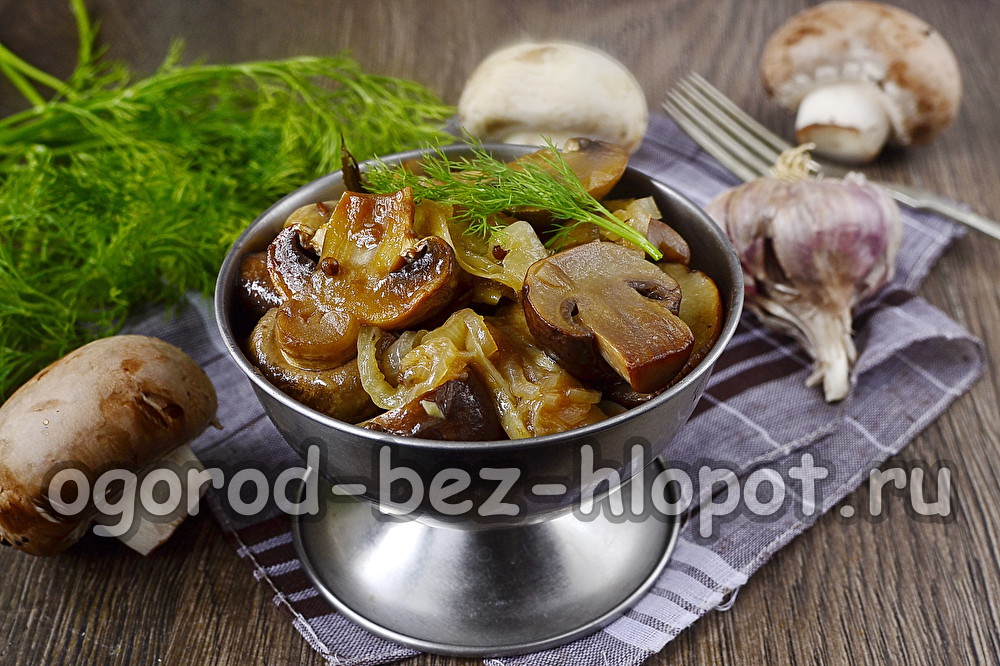 You may be interested in:
You may be interested in:The leg is small and even, the flesh is light, yellowing upon breaking and contact with air. Her smell is pronounced. There is a private veil on champignons, from which a trace remains on the leg.
Champignons can be found in the steppes, meadows and open glades. They grow mainly on fertile and humus-rich soil, and can be found on dead tree bark. Mushrooms can be harvested from early May to late summer.
Shiitake
Shiitake is a mushroom, widely used and often used in culinary and medical practice in China and Japan. It has a hemispherical hat, the diameter of which does not exceed 20 cm. The surface of the hat is dry and velvet to the touch, has a coffee hue and often cracked skin.
The plates are very thin and white, darken when pressed on them. The leg is straight, its average length is 15 cm. It is painted in beige or light brown, has a noticeable fringe. The pulp is fleshy and dense, has a pronounced spicy aroma. Spores are elliptical and white.
Shiitake is most often sold in dried form, after which it is soaked and used for cooking. The beneficial properties of Shiitake are manifested in the prevention of respiratory diseases and contribute to improved blood circulation.
Butterflies
Butterflies belong to the edible tubular mushrooms, which got its name due to the slippery surface of the cap. A characteristic feature is an adhesive peel that can be easily removed from the hat. The latter may have a convex or flat shape. Legs oily smooth, sometimes have the remains of a private bedspread.
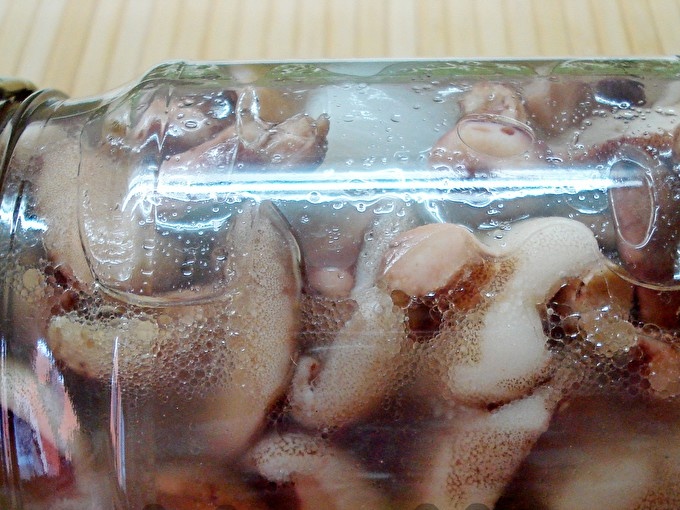 You may be interested in:
You may be interested in:The pulp butter is light, at the place of the cut changes its color to blue or red. Spore powder has a yellow tint. Oil mushrooms are common in coniferous forests and grow in temperate climates.
Conditionally edible species of mushrooms
Edible species include those that can be eaten only after thermal or other processing:
- soaking;
- boiling;
- scalding with boiling water;
- drying.
Only young organisms are suitable for processing, old conditionally edible are not used in food, since the risk of food poisoning is too great. These species include the following representatives:
- rowing;
- raincoats;
- morels;
- milkers.
Ryadovki
Edible rowing just distinguish by the color of the hats. If in the daylight their hats have no shade and their smell is sharp, then such rows should be avoided. Hats of edible organisms are red, purple and gray. The average diameter of the hat is 15 cm. The legs of the rows are even, thickened at the base, covered with a powdery coating. Disputes are oblong, most often colorless. Spore powder may be white or brown.
Riddles grow mainly in pine forests, can be found in parks and gardens. The first mushrooms appear in May, and the main crop falls at the beginning of August. Before cooking, rowings need to be soaked in water and boiled.
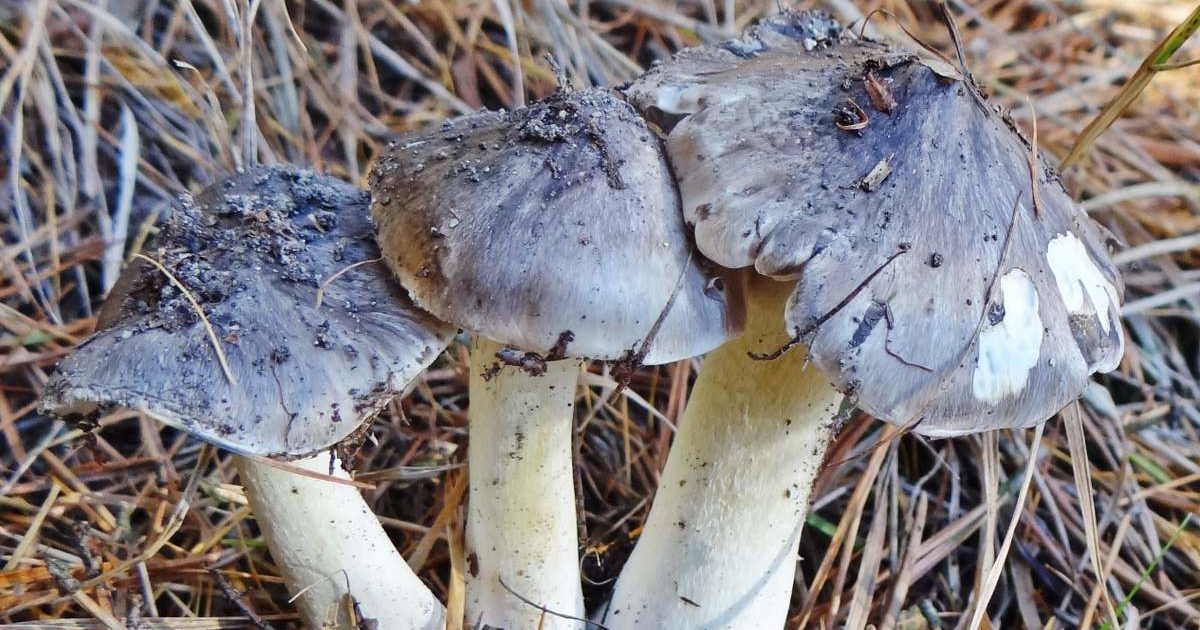 You may be interested in:
You may be interested in:Raincoats
Distinctive feature raincoats - the closed structure of the fruiting body. A hat with a leg is inseparable from each other, mushrooms have the shape of a ball or an egg. The surface of the raincoats is smooth, sometimes it can be covered with small spikes, painted in yellow or white.
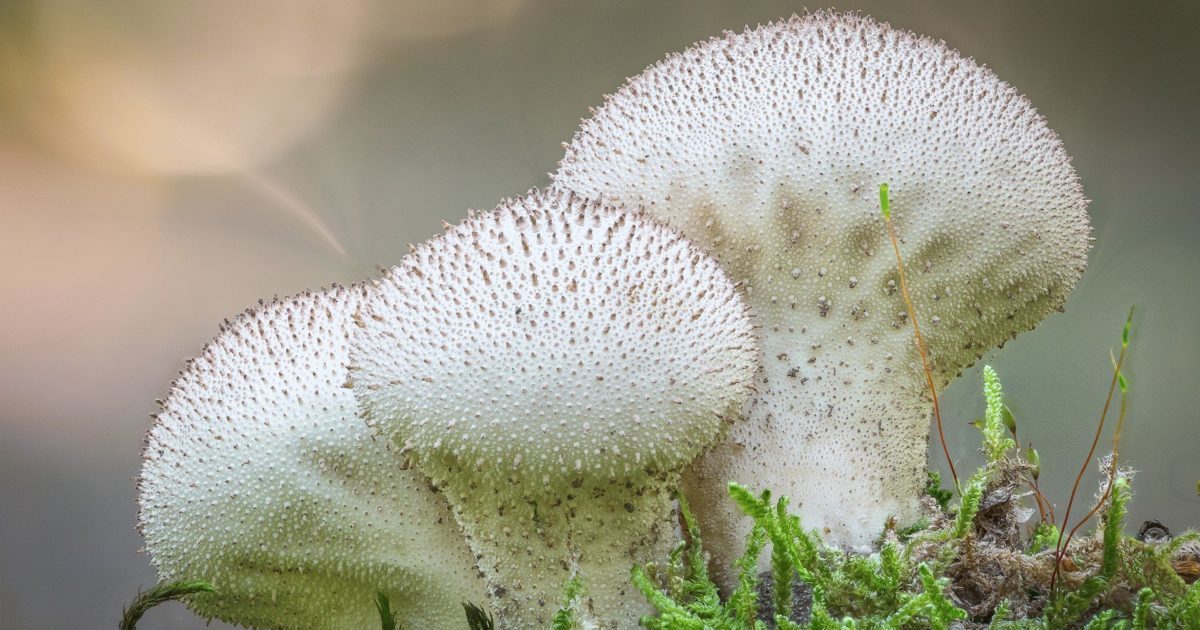 You may be interested in:
You may be interested in:The pulp is white and soft, but gradually dries up over time, and turns into a spore print. Raincoats are common in meadows, clearings, and in coniferous forests. Only young fruits harvested in an area remote from production facilities and routes are suitable for cooking.
Morels
Morels are different large porous fruiting bodies. Their average height is 25 cm. The hats have an uncharacteristic shape for mushrooms: they are oblong, can grow up to 15 cm in height, adhered to the leg. Morel legs are hollow.The pulp of all types of morels is very delicate and fragile, does not have a pronounced smell and taste.
Morels appear in early April, and do not grow long - 2-3 weeks. They most often appear close to aspens, in places with moist soil, on a litter of last year's fallen leaves. Before cooking morels, they must be boiled.
Millers
Edible mushrooms got their name due to the presence in them of milky juice, which is contained in the pulp, and flows from it when broken. Hats of young mushrooms are flat and convex, painted in grayish, purple or brown. This part is used as food, since the legs are very stiff. The legs reach 10 cm in height, have the shape of a cylinder. The flesh of the milkers is fragile, sharp in taste.
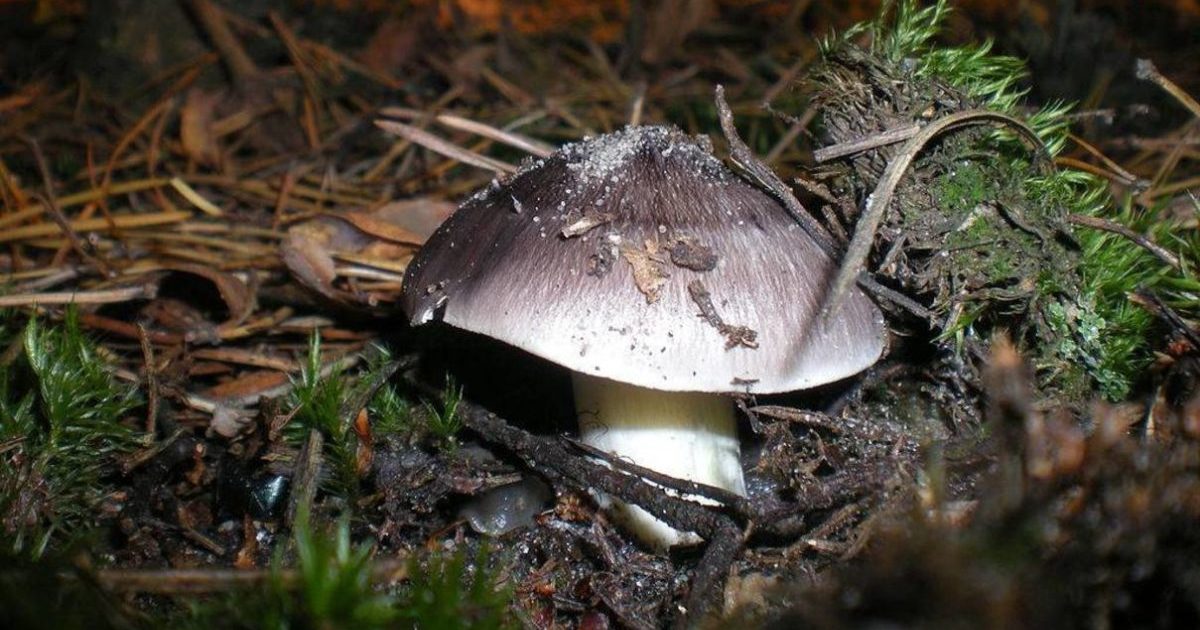 You may be interested in:
You may be interested in:Places of distribution of the milkmen are oak, birch and mixed forests. The collection season is from July to October. Most often only large breast milkers are consumed.
Common inedible and poisonous mushrooms
Inedible species are those that have a sharp unpleasant odor and have a bitter taste. In view of this, they are unsuitable for use in food. Inedible mushrooms do not lead to poisoning, but cause digestive upsets. Poisonous, in turn, contain toxins. Such mushrooms are divided into two classes: those that lead to food poisoning, and deadly poisonous.
The russula is biting and brittle
The stingy russula has a funnel-shaped hat with a diameter of up to 9 cm. Its edges are ribbed and blunt. Spore powder is white. The flesh of Russula may be white and pinkish, it is very bitter and sharp in taste, which is why it is not used in cooking. When eaten, it upsets the stomach.
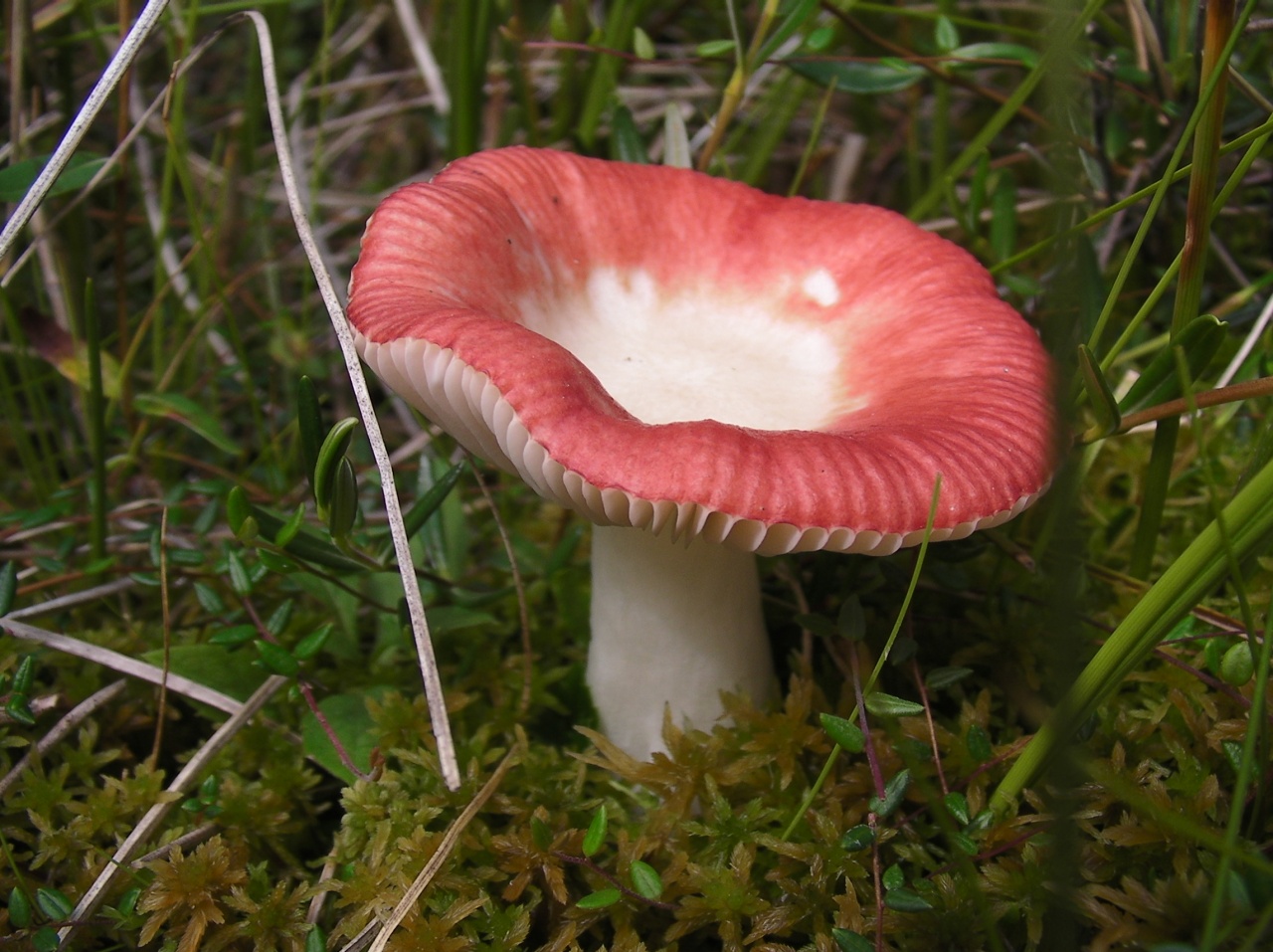
The fragile russula is small and very diverse in color: the color can vary from pale purple to light yellow. Russula records are rare, the leg is strong, the shape of a cylinder. The pulp is brittle, with a sweetish aroma, but very bitter in taste, which is why it is not used in cooking. The use of russula in its raw form leads to gastrointestinal poisoning.
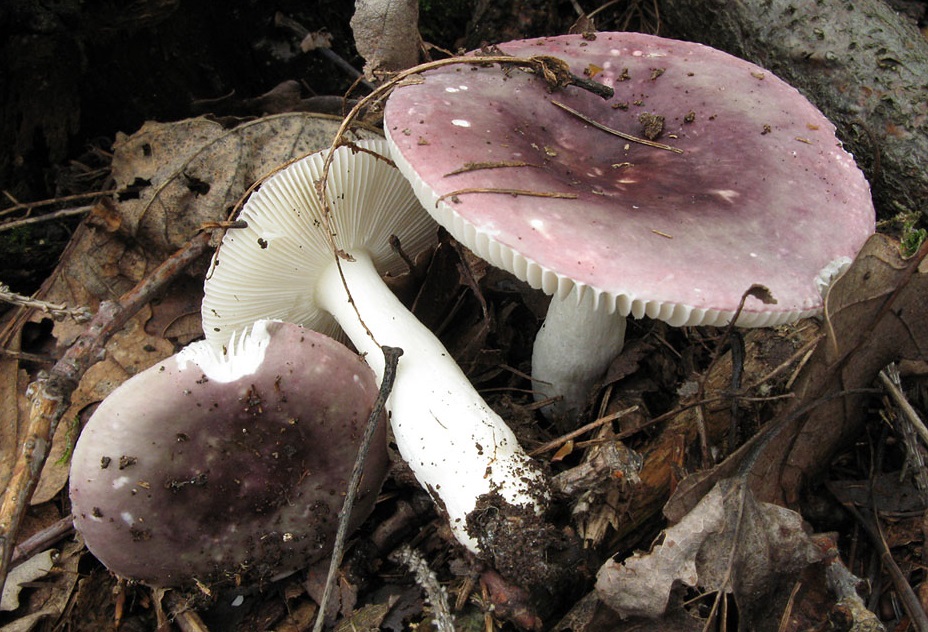
Cobwebs
Almost all cobwebs are inedible and poisonous. Among them, there are also species that contain delayed toxins. Symptoms of poisoning appear only after a week, when treatment is already ineffective. Although some cobwebs are considered edible, their use in food is undesirable due to the high probability of confusing them with a poisonous look.
The fruit bodies of the cobwebs consist of a hat in the shape of a ball, and a cylindrical leg. The color of the hat is often ocher, sometimes it is brown or dark red. Laminar hymenophore, descending and frequent platelets. Cobwebs can have both a mucous membrane and a dry surface. Found in coniferous forests.
Pipers
Pants include organisms that form on wood, and are characterized by a developed, extended perennial fruiting body. Pipers are characterized by very hard, crumbling, but pleasantly smelling flesh. Such mushrooms can grow up to 50 cm wide.
Pipers do not belong to deadly poisonous mushrooms, but are not used in cooking because of the hard flesh.
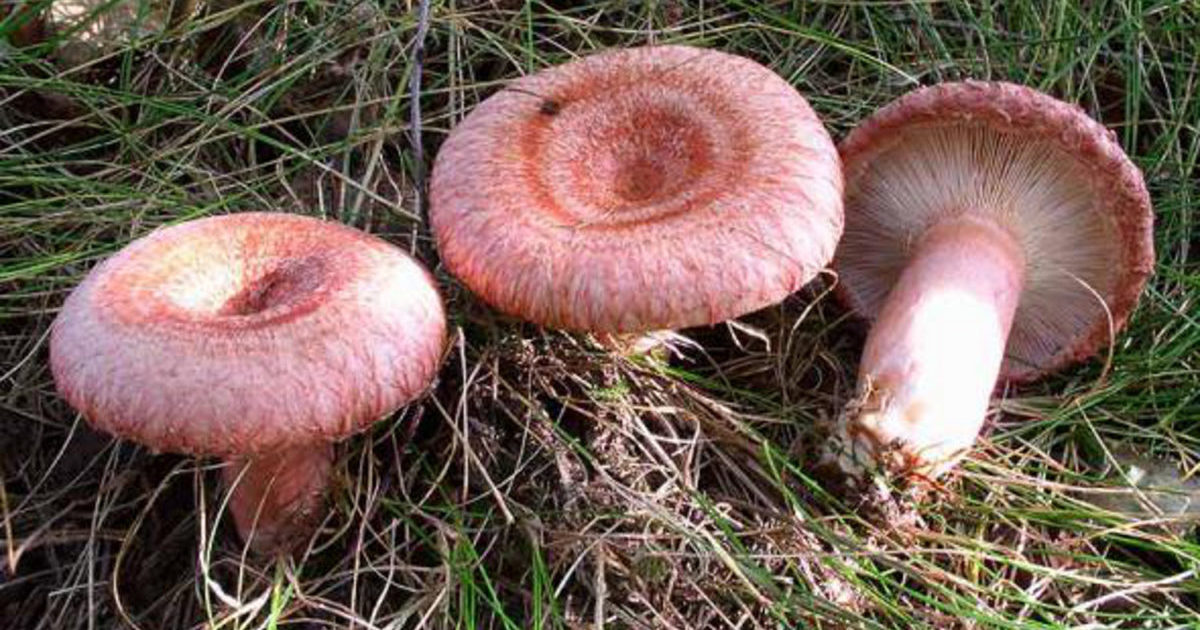 You may be interested in:
You may be interested in:Edible False Double Mushrooms
There are several types of false mushrooms that can be mistaken for edible because of their similar external features. These types include:
- False chanterelles. You can distinguish them from edible on two grounds: the shape and color of the hat.False chanterelles have a round hat funnel with smooth edges. While at the real edges of the cap is fringed. False organisms are light yellow, and edibles are saturated orange.
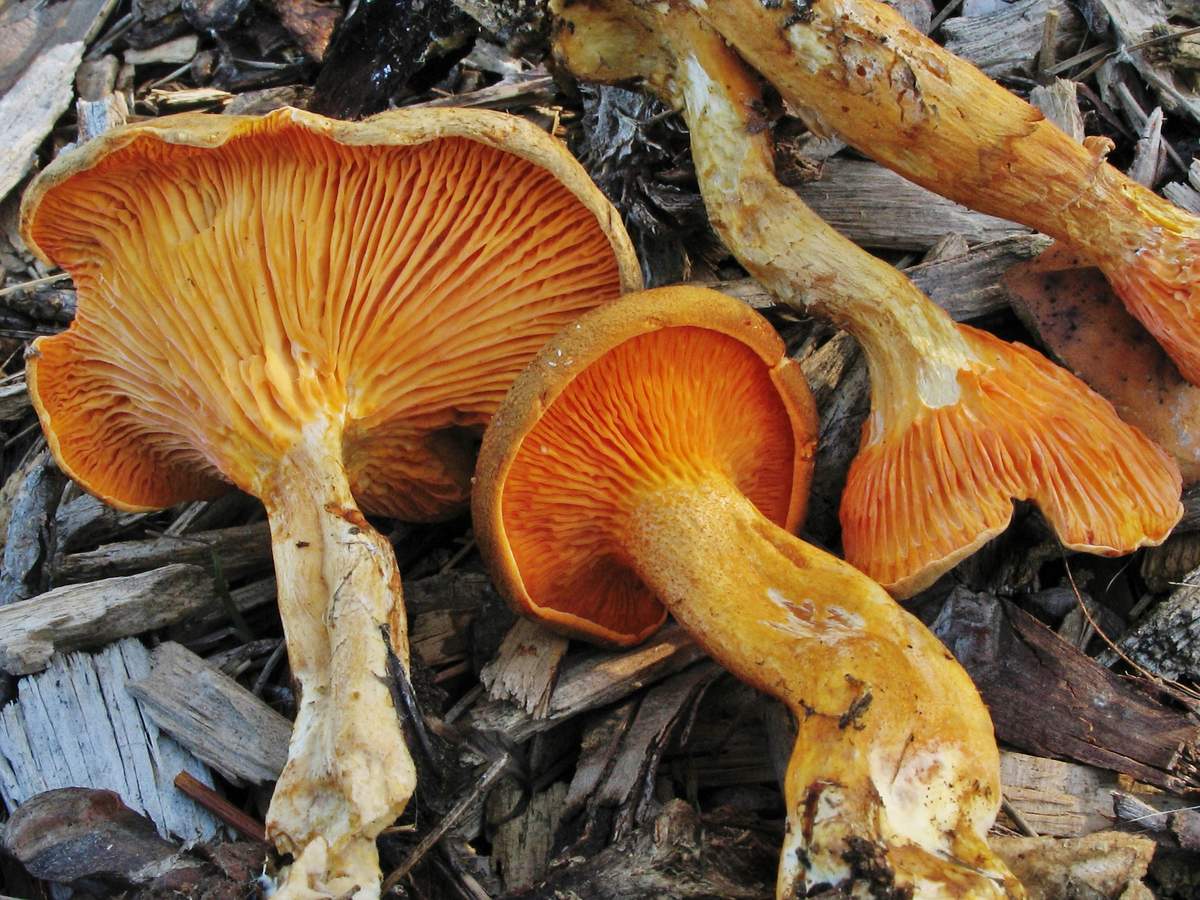
False chanterelles - False mushrooms. They have a very bright color: from yellow to dark red, while mushrooms suitable for cooking have a light brown tint. Honey mushrooms can also be distinguished by smell and lack of skirts. Inedible honey mushrooms have an earthy smell, and real mushrooms have a pleasant smell.
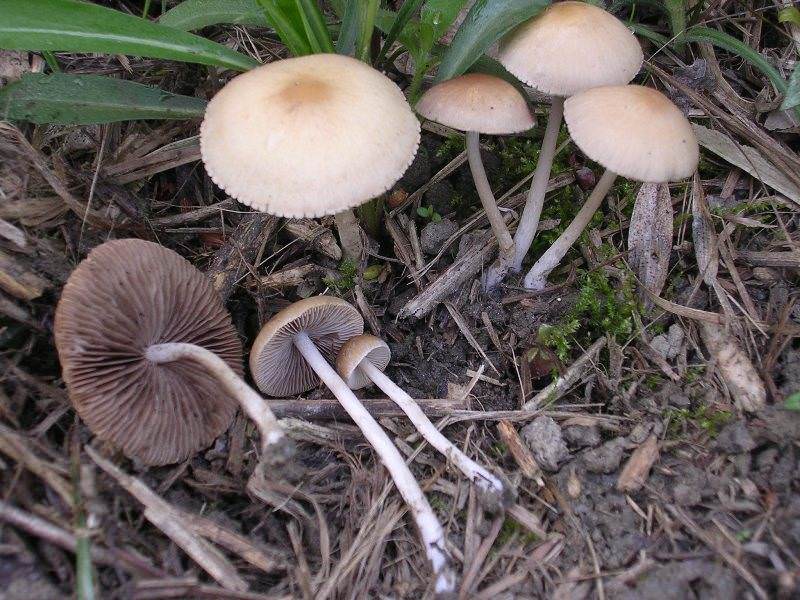
False honey mushrooms - Double champignons. Pale grebe can be mistaken for champignon or russula. To prevent this from happening, you need to inspect the plates. In champignons they are dark, and in a toadstool they are light. And the russula does not have a "skirt" on the leg.
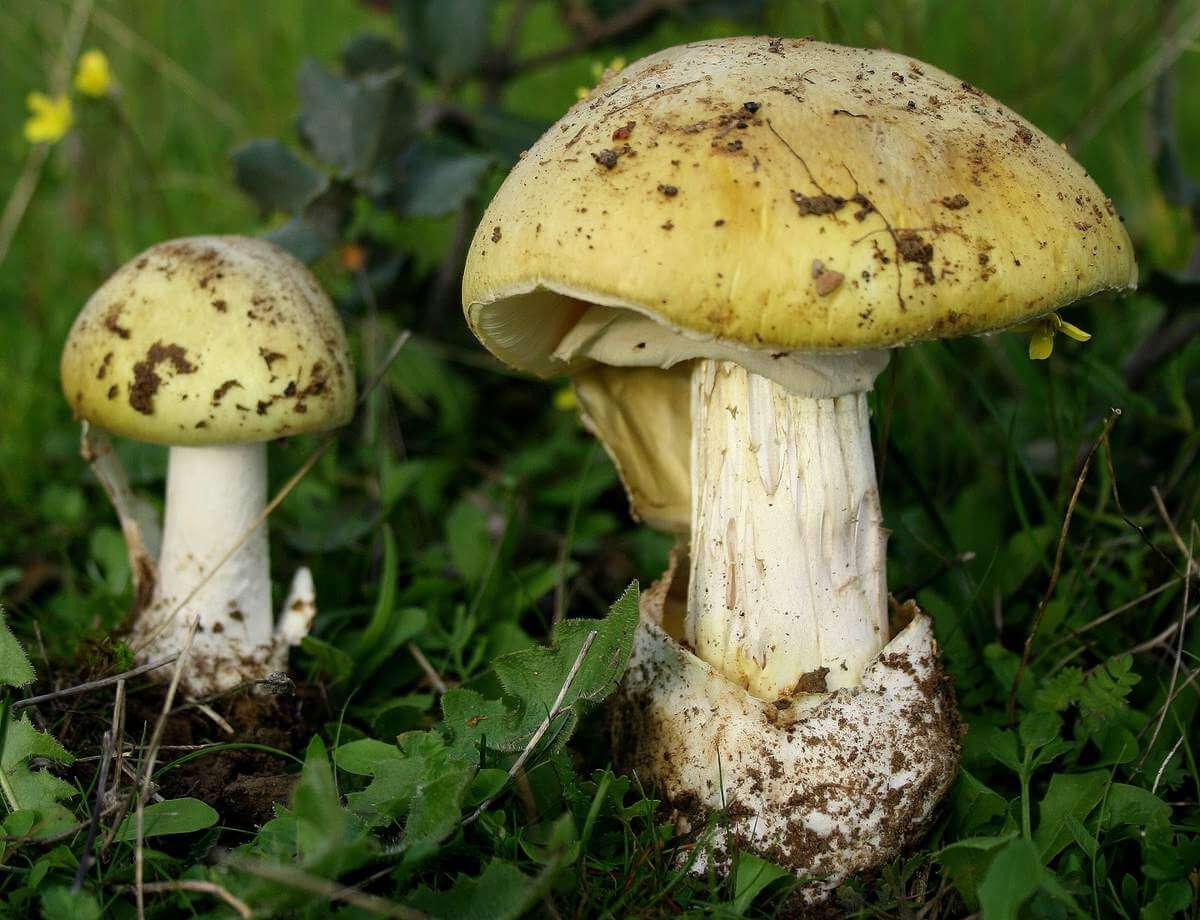
Death cap - False butter. They are infrequent, and differ from real oils in thickening at the bottom of the leg. Moreover, if the film located on the cap does not stretch when removed, then the grease fitting is definitely false.
Amanita muscaria
Fly agaric belong to basidiomycetes and stand out among other mushrooms with a characteristic bright red flat hat, which is dotted with white cotton flakes. Amanita pulp is white, light orange under the skin. Fly agaric plaques are numerous, reaching a width of up to 1.2 cm. The leg is straight, has a thickened base. A membranous ring hangs from its upper part.
The main distribution zone is meadows, fields, deciduous and coniferous forests. Amanita is a poisonous fruit, but deaths from its use are not frequent. The lethal dose of poison is in 3-5 mushrooms. In other cases, the use of fly agaric in food causes only disruption of the digestive system.
Autumn line
The lines relate to marsupials. They got their name due to the fact that they appear in early autumn. Hats have an unusual shape, usually do not grow more than 10 cm, have folds and a velvet surface.
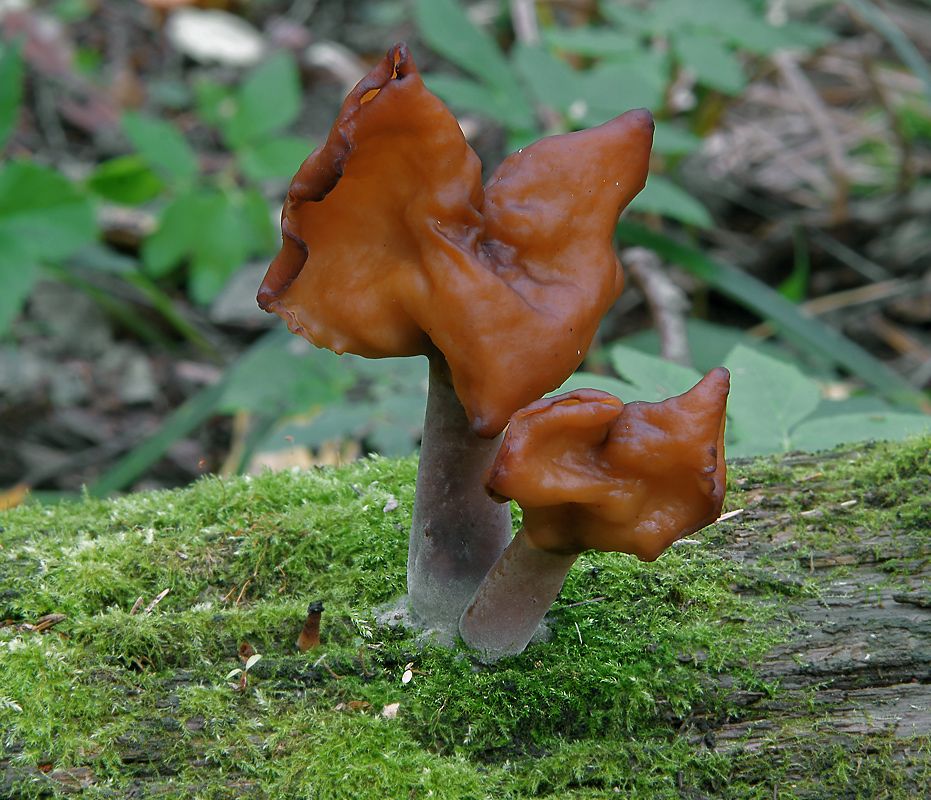
The size of the hollow leg varies between 3-10 cm. The pulp is cartilaginous, has no pronounced odor. In its raw form, the autumn line is deadly poisonous, and improperly prepared and not processed before cooking causes poisoning if it enters the stomach.
Waxed and white talker
Wax talker is characterized by a snow-white color, and a small tubercle in the middle of the hat. The edges of the latter are wavy and turned away. The talker reaches 5 cm in height and 3-4 cm in width. Most often found on acidic soils. The season of their appearance is July-August. The fungus is inedible, and when consumed, causes dizziness and vomiting, death is possible.
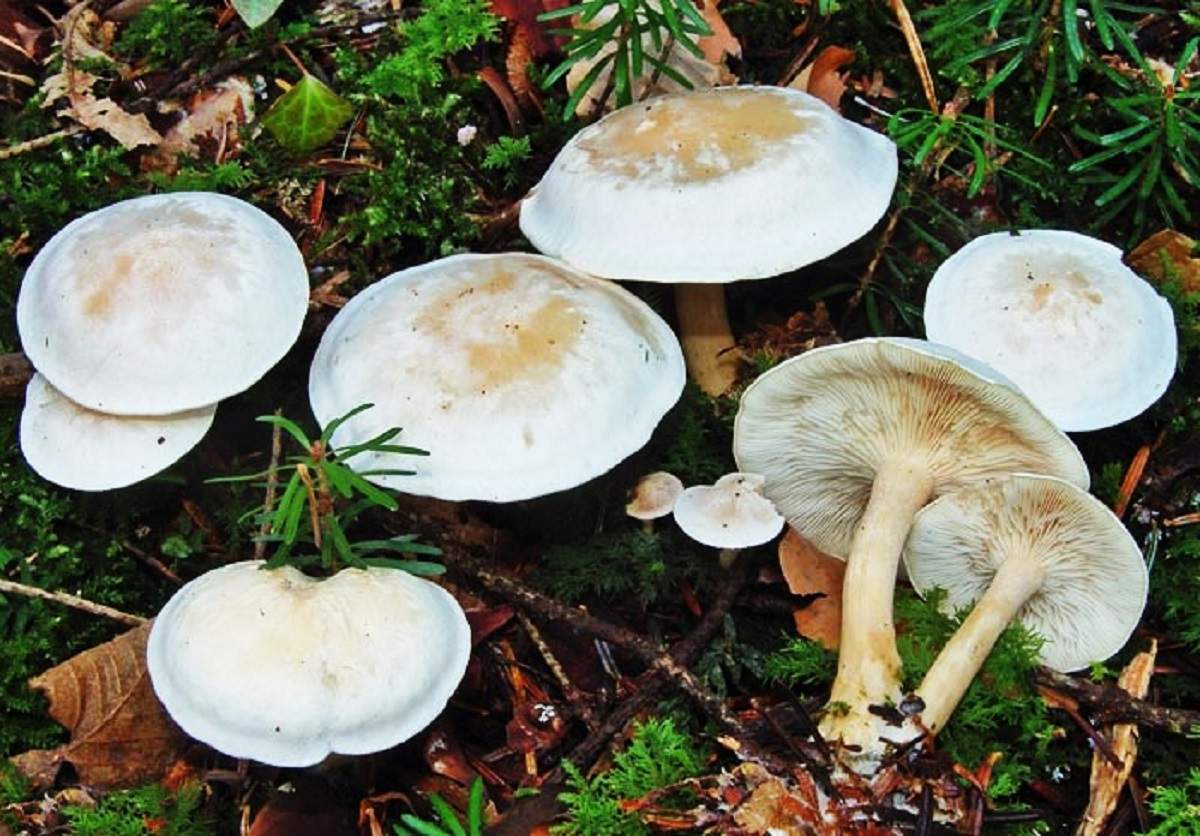
The white talker differs with the waxy shape of the hat: in the first, it is slightly depressed, has lowered edges. The leg is thick, reaches 8 cm in thickness. The pulp is watery and loose, it may have a fruity odor. It occurs in mixed forests, spruce forests, but appears in small quantities and not annually.
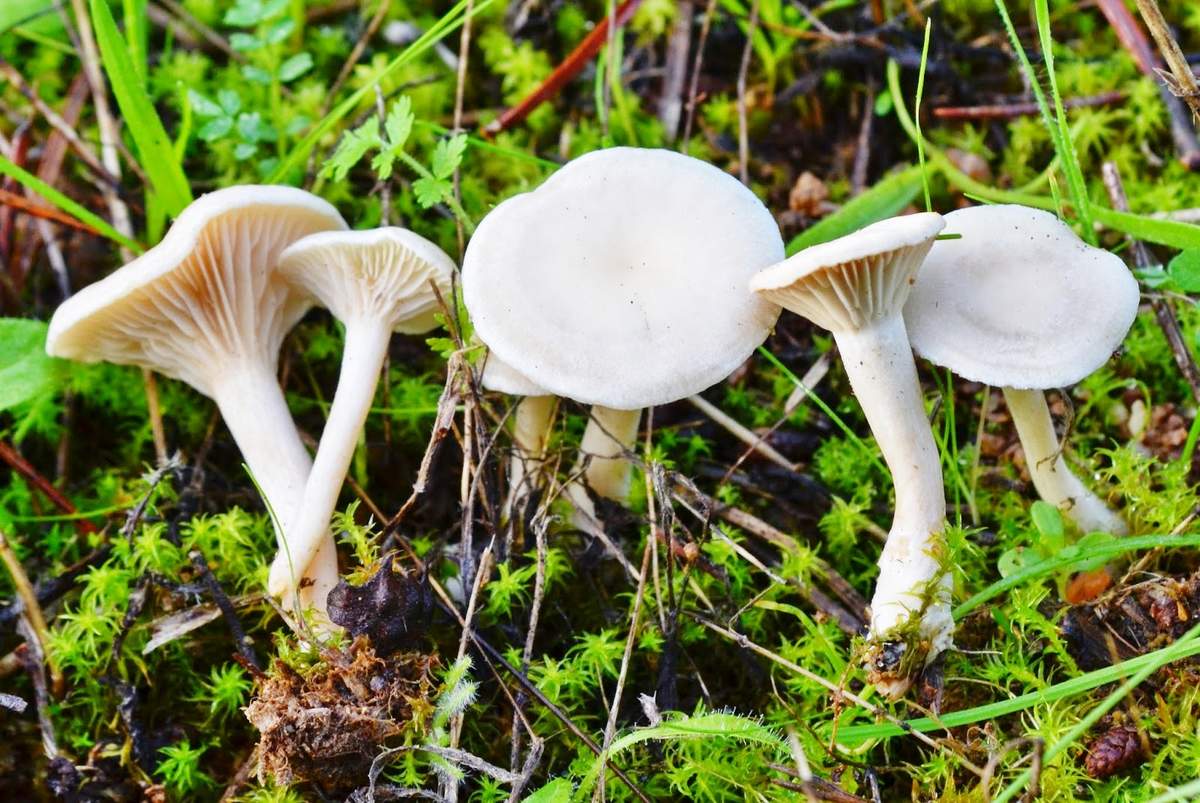
Fibrous fiber
The fiberglass is an oblong mushroom, with a bell-shaped hat with a tubercle in the middle. The edges of the cap are torn, the color may be yellow or brown. The pulp is neutral in taste, but has an unpleasant odor. The legs are long, thin and dense, match the color of the hat. The fiberglass grows from July to October.
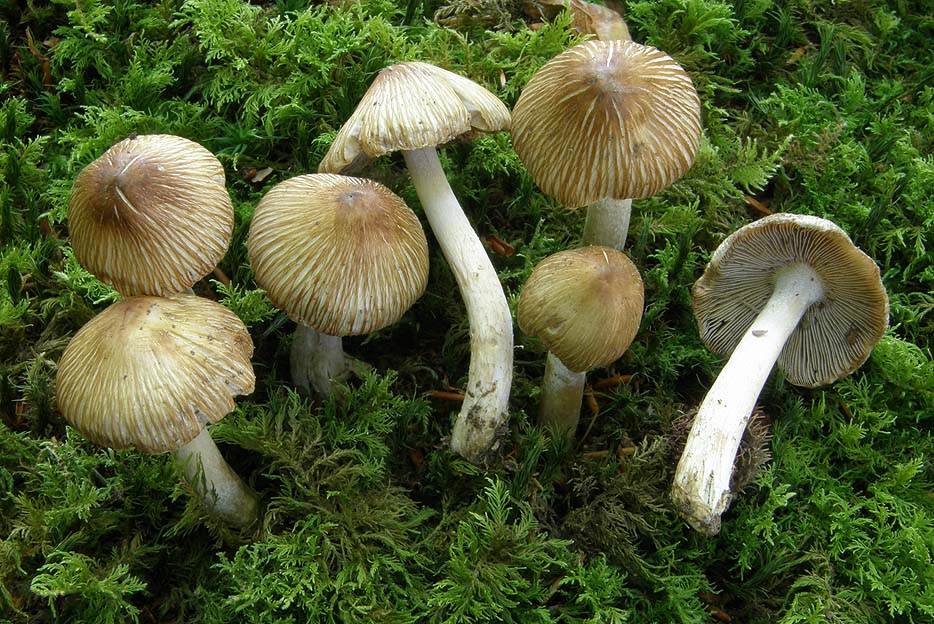
Death cap
Toadstool is a deadly poisonous mushroom from the genus Amanita. Their collection is prohibited, as they can poison even the mushrooms lying next to them in the basket with little contact. The mushroom is distinguished by a greenish hat with a fibrous surface, which grows up to 15 cm in diameter. The pulp is white, its smell is neutral. Older organisms have an unpleasant sweet smell. The leg is cylindrical, thickened at the base.
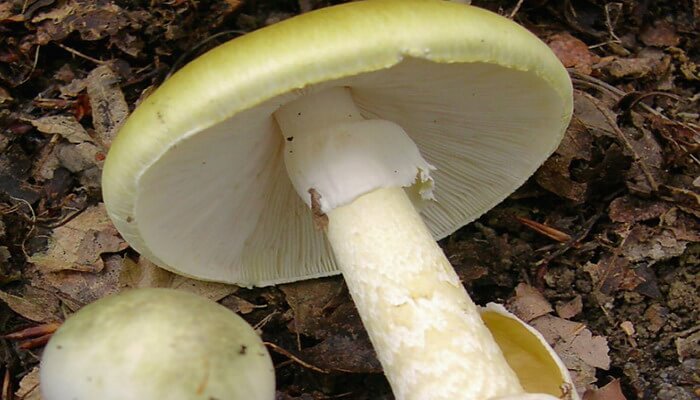
Inexperienced mushroom pickers often confuse a toadstool with champignon and russula.To prevent this, you need to remember that the champignon plates darken with age, and the russula does not have either a Volvo or a ring.
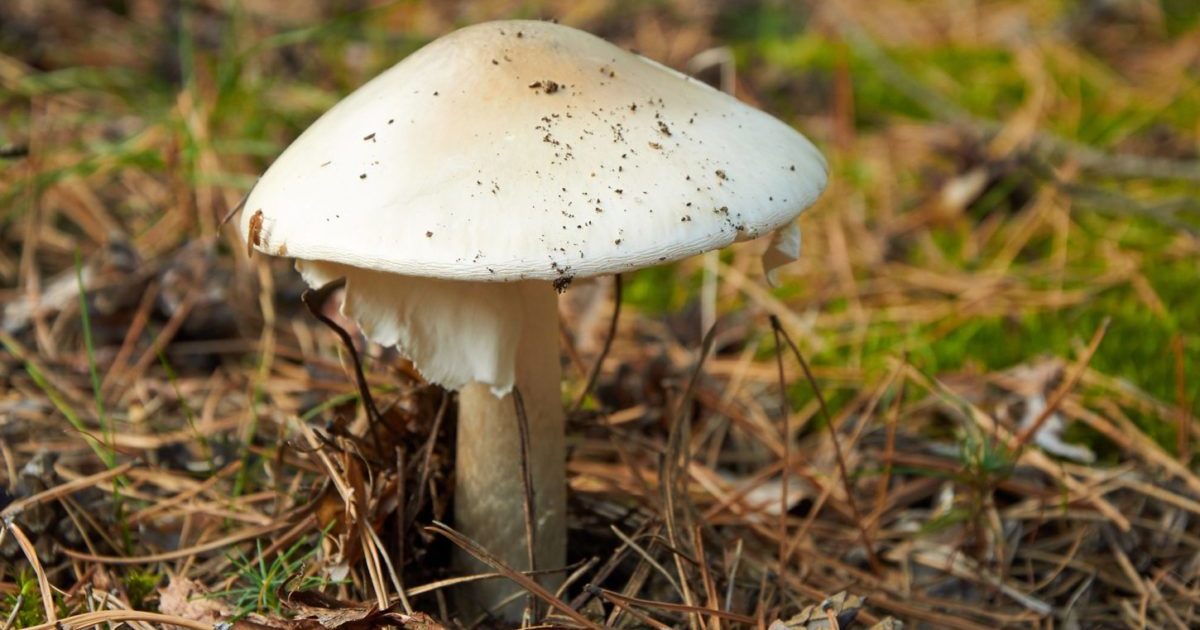 You may be interested in:
You may be interested in:Safety Rules for “Silent Hunting”
In order not to collect poisonous mushrooms and prevent poisoning, you should adhere to the following recommendations:
- Do not pick mushrooms growing near factories, tracks, railways.
- Do not cut old and wormy mushrooms, as well as those that grow nearby poisonous.
- Do not eat mushrooms raw.
- Do not pick those mushrooms that you doubt are edible, and even better - do not even touch them.
- Cut off all the mushrooms with legs: you can make sure that the mushroom is not poisonous.
- Harvest in wicker baskets: they will stay fresh longer.
- Do not pick up poisonous mushrooms, and to protect yourself from accidental contact, use gloves.
- Do not allow children to touch any mushrooms without adult permission.
Answers to Common Questions
Due to the wide variety of mushrooms, it is important to learn how to determine their type, and collect only those that are not in doubt. Having studied the description of the various species and the rules of "silent hunting", you can safely collect a rich harvest and prepare many dishes from it.

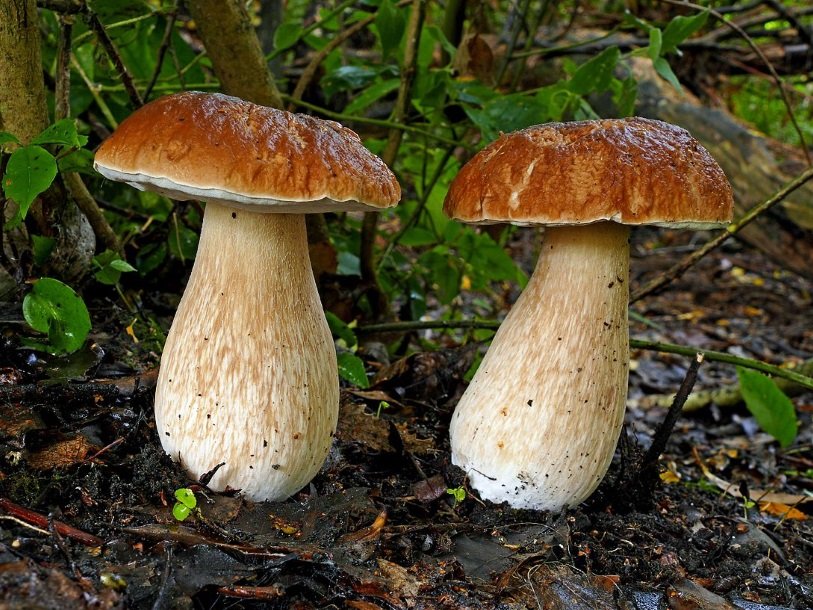
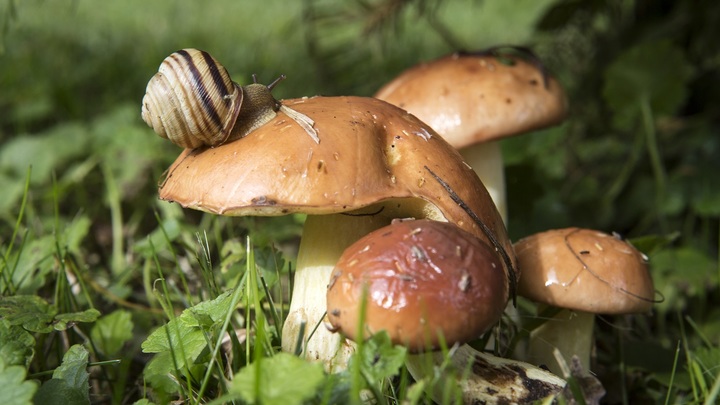
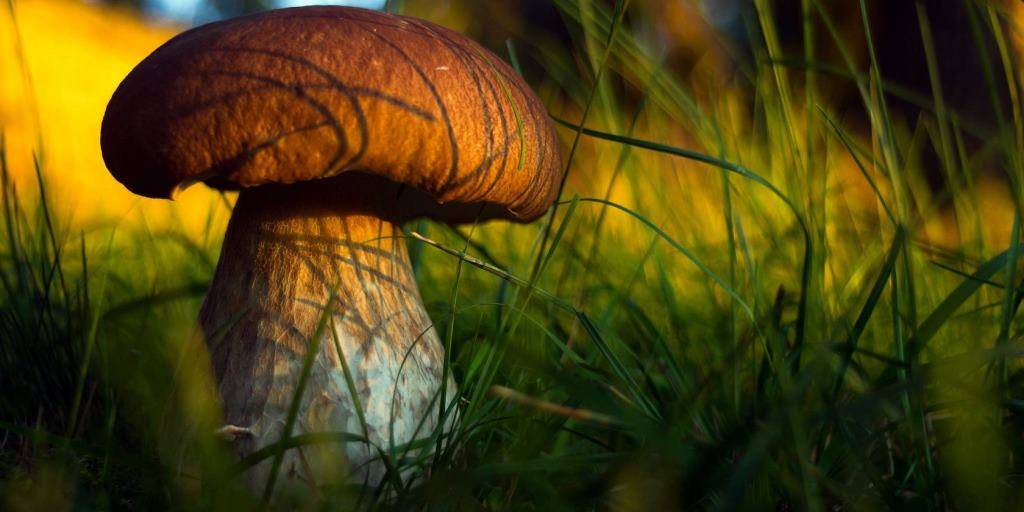
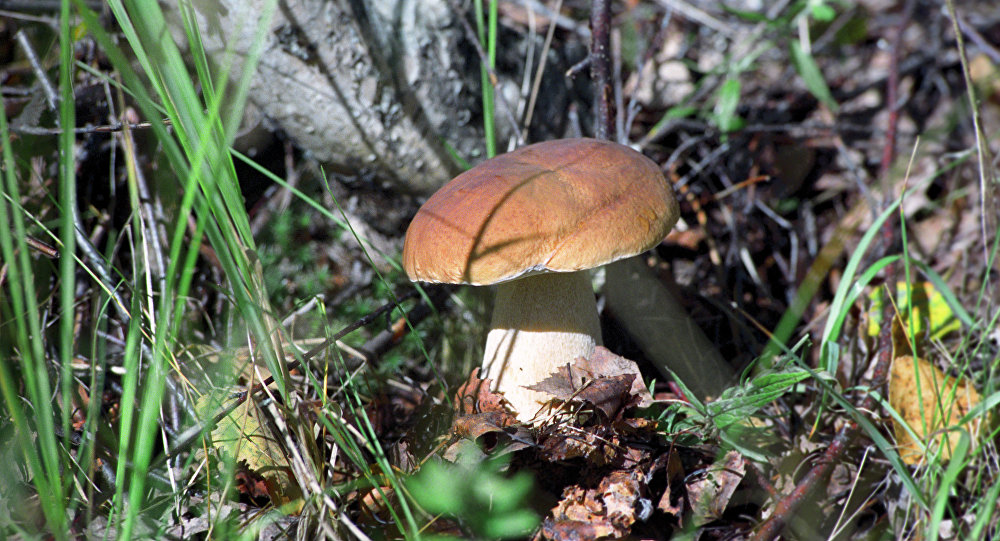
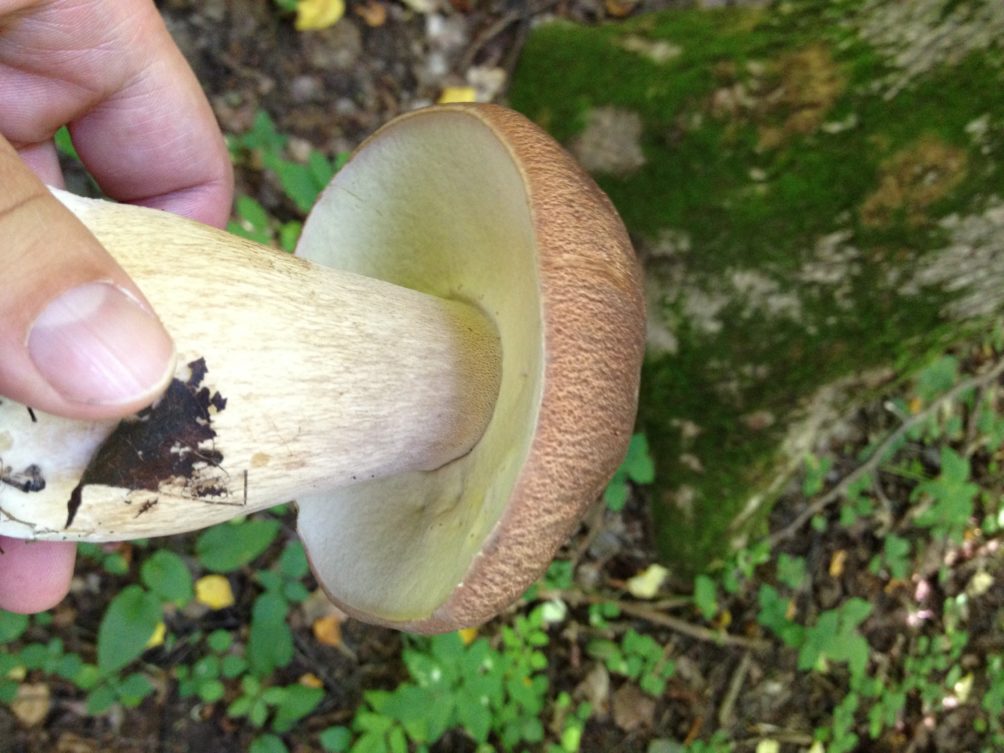
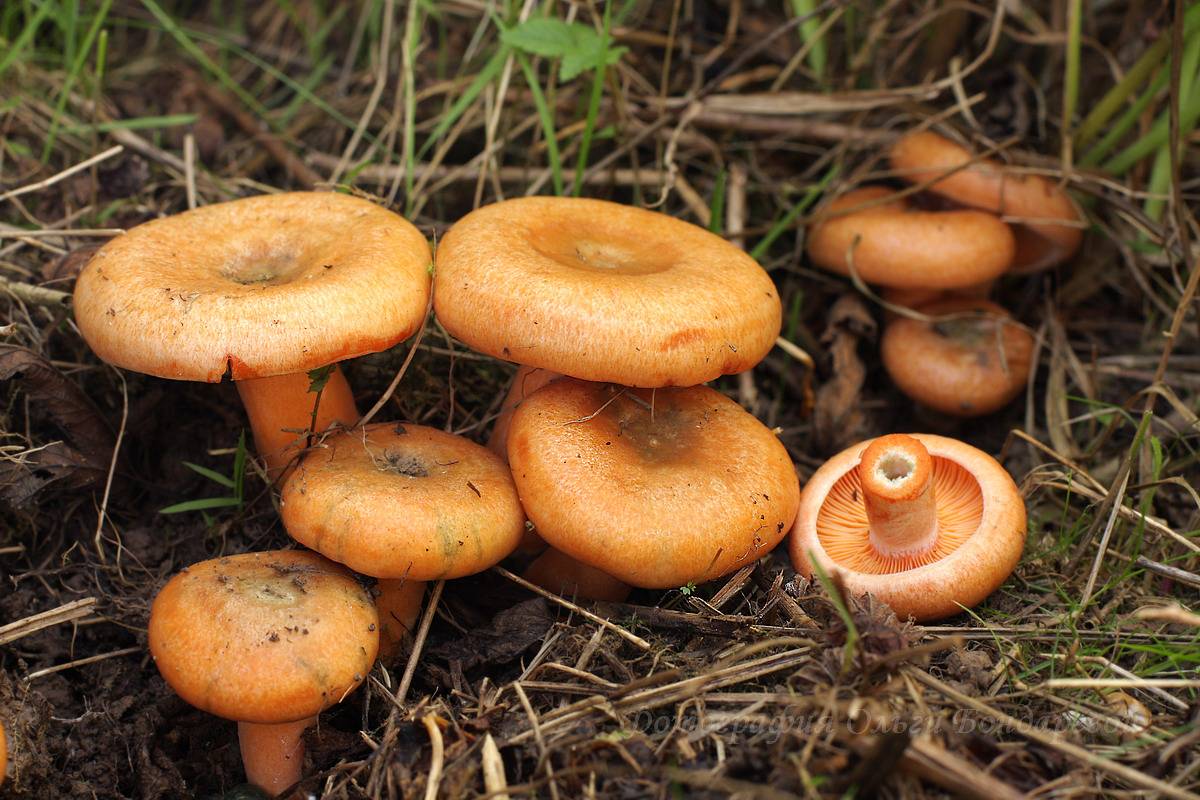
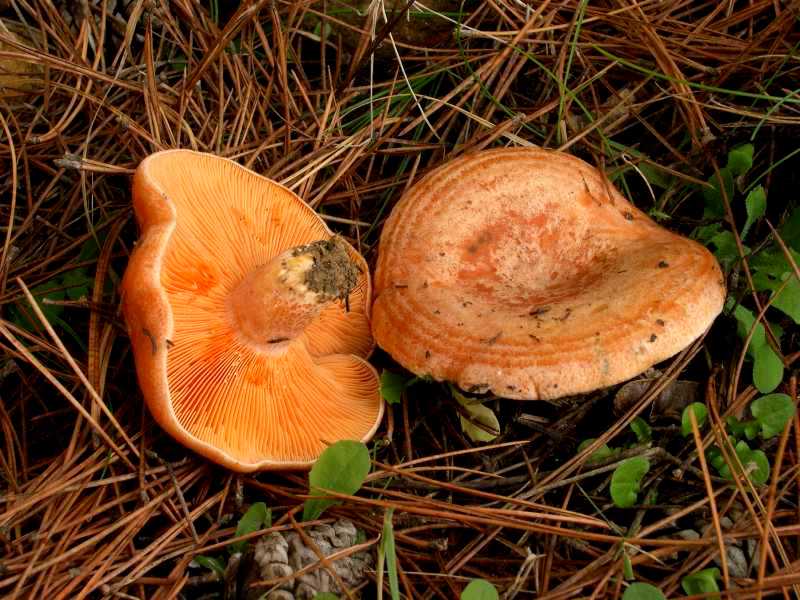
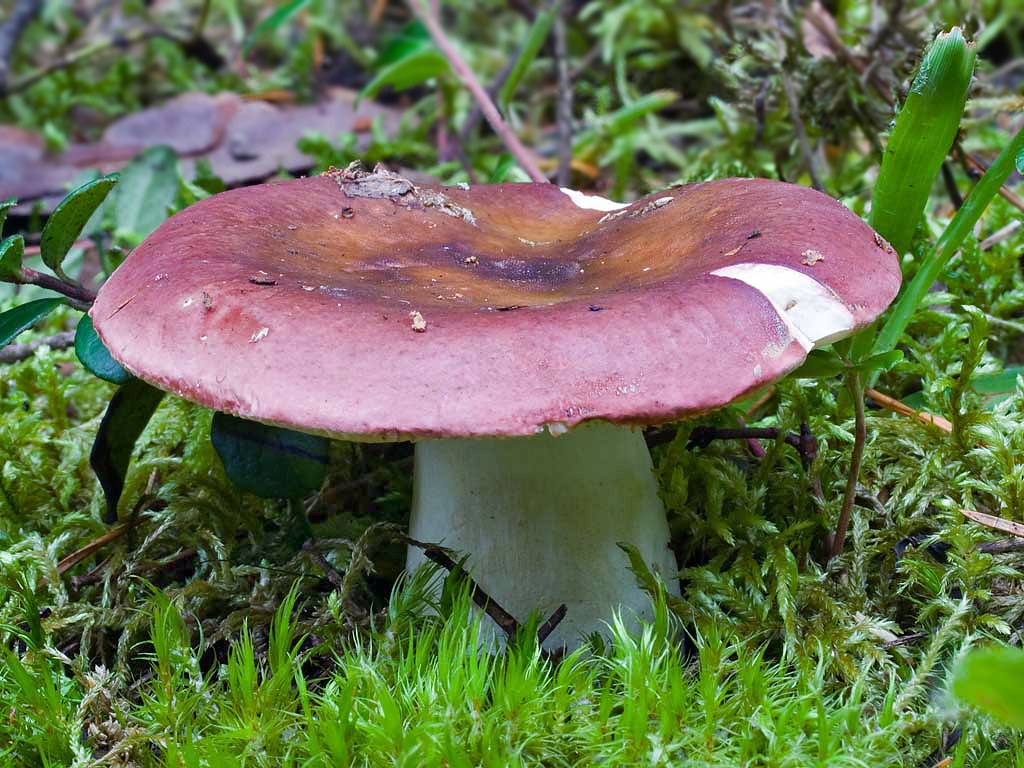
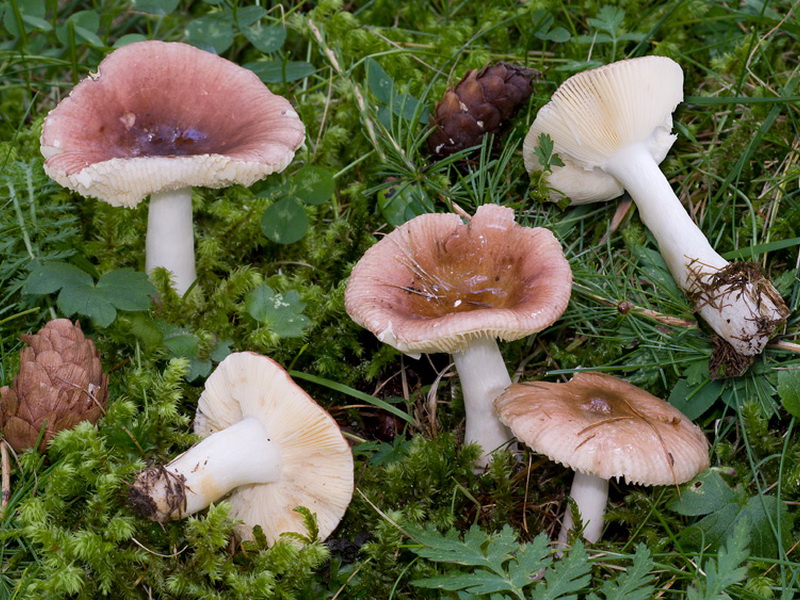
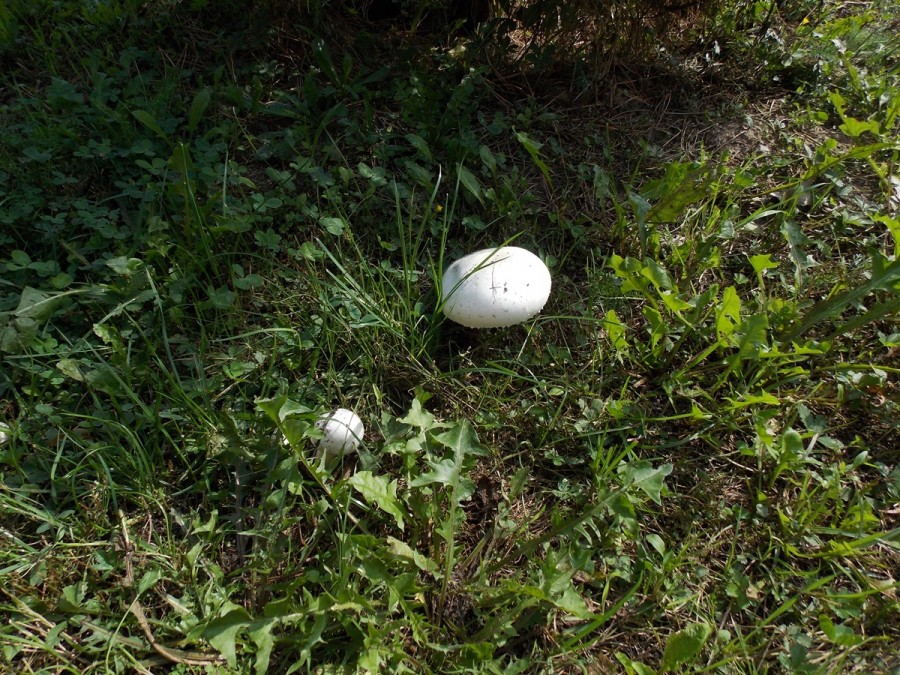
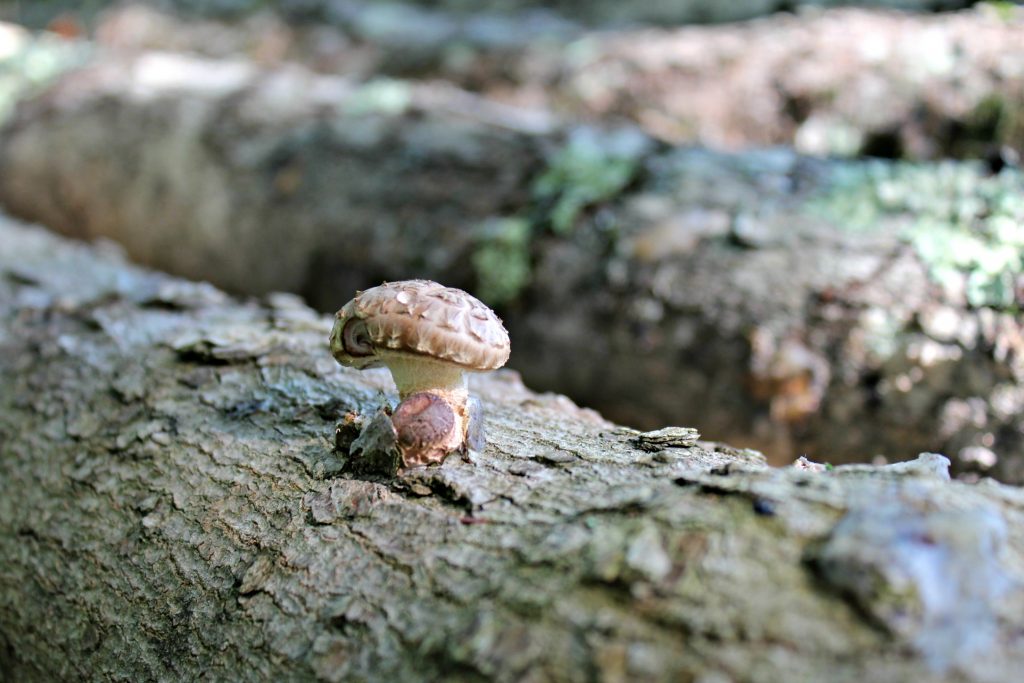
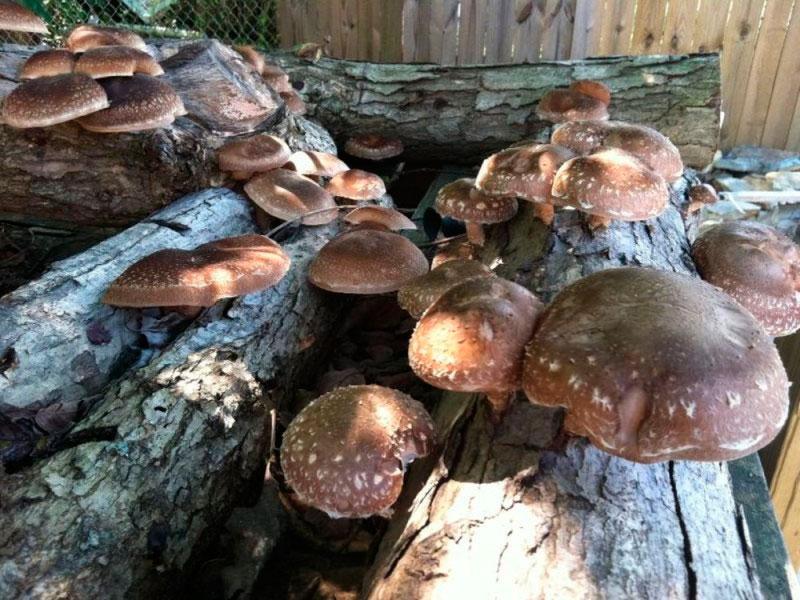
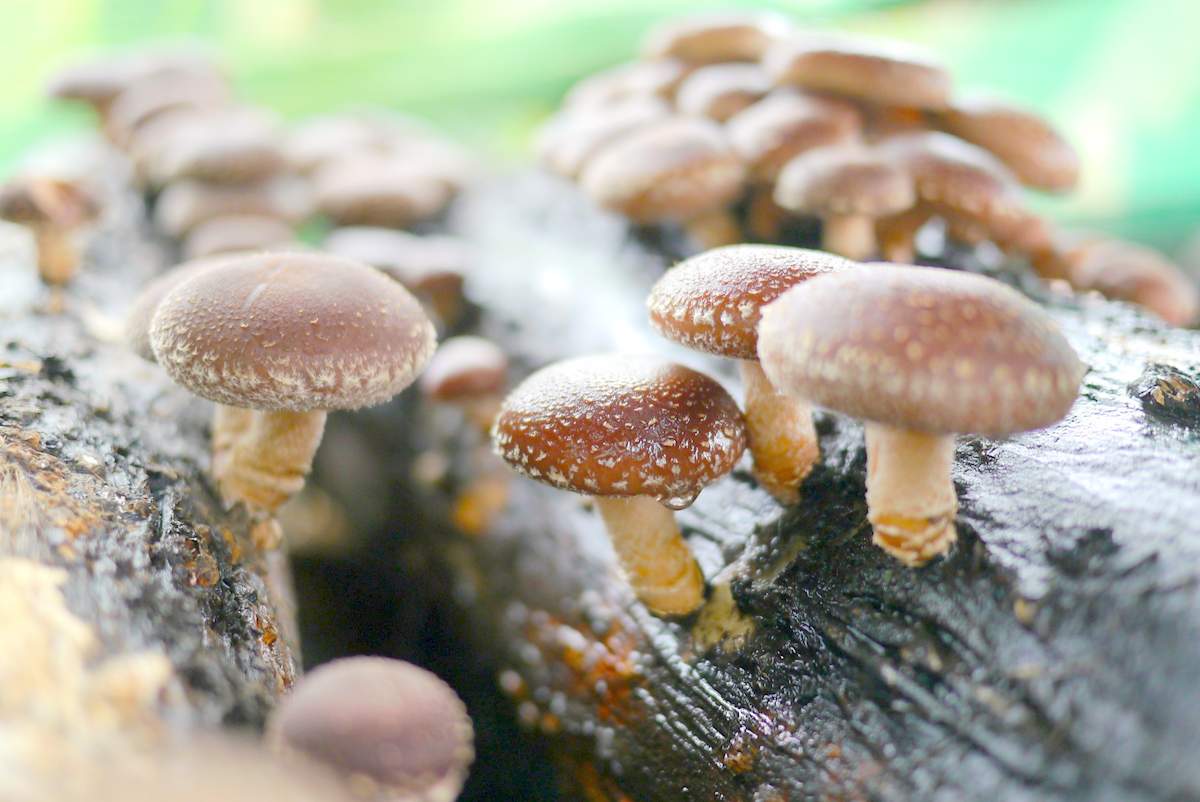
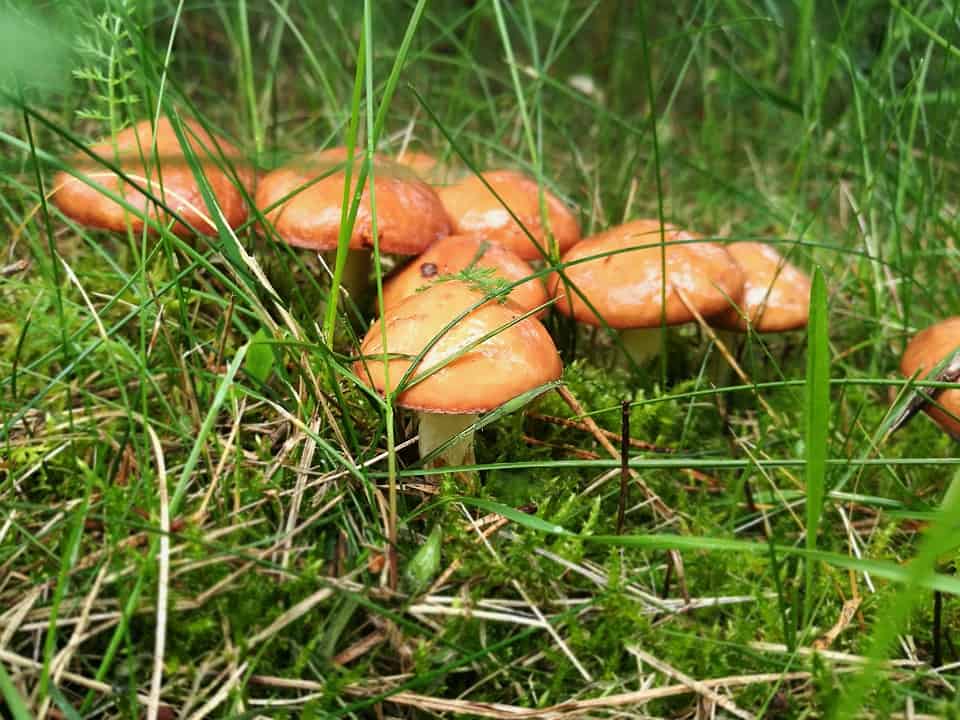
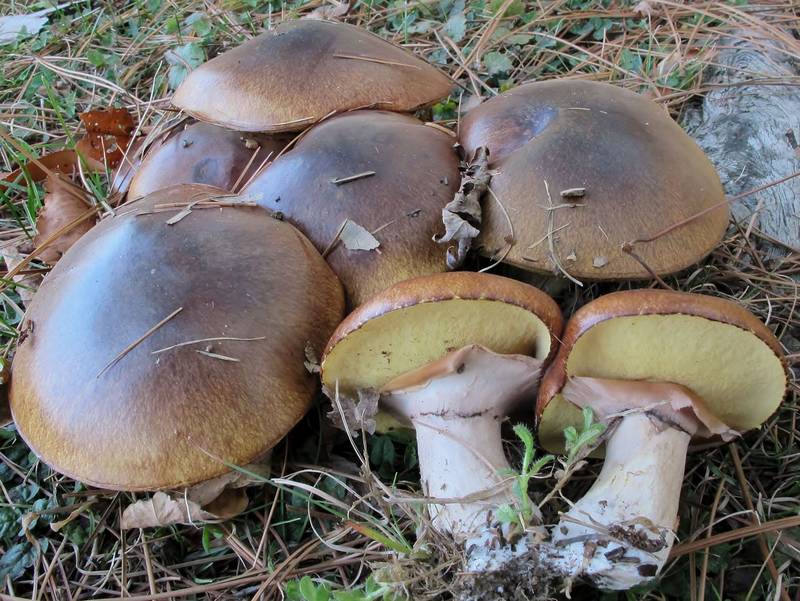
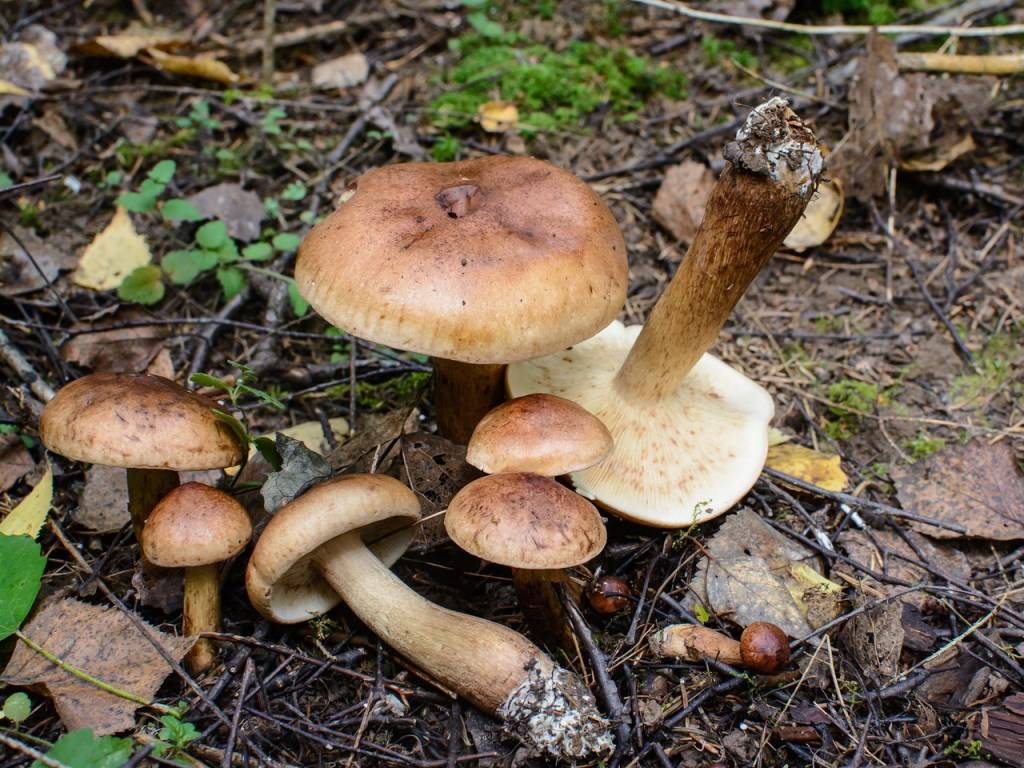
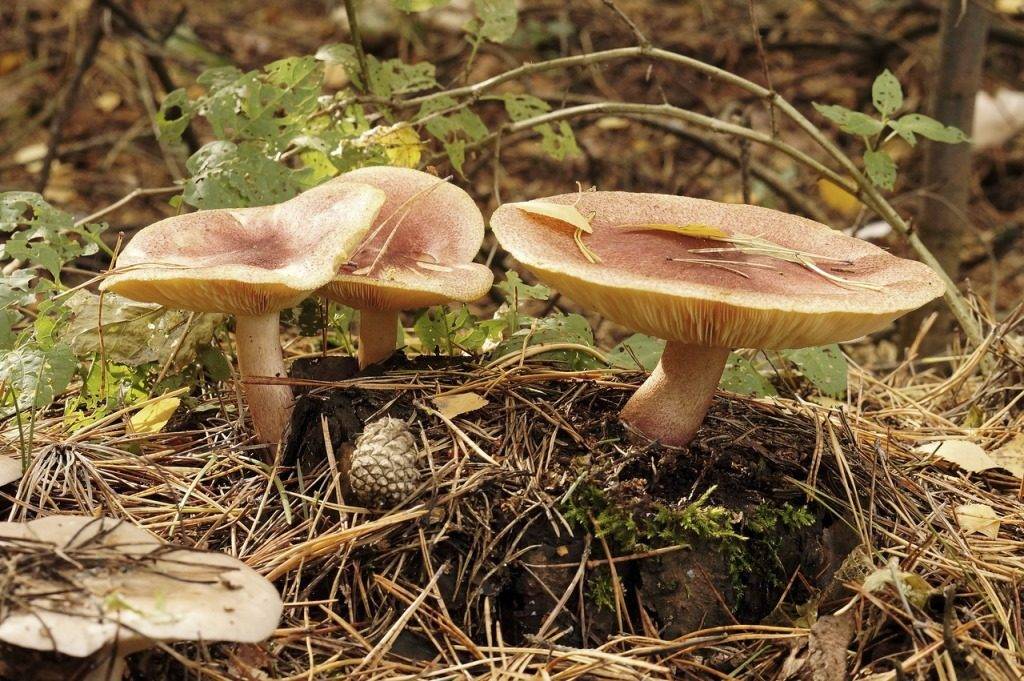
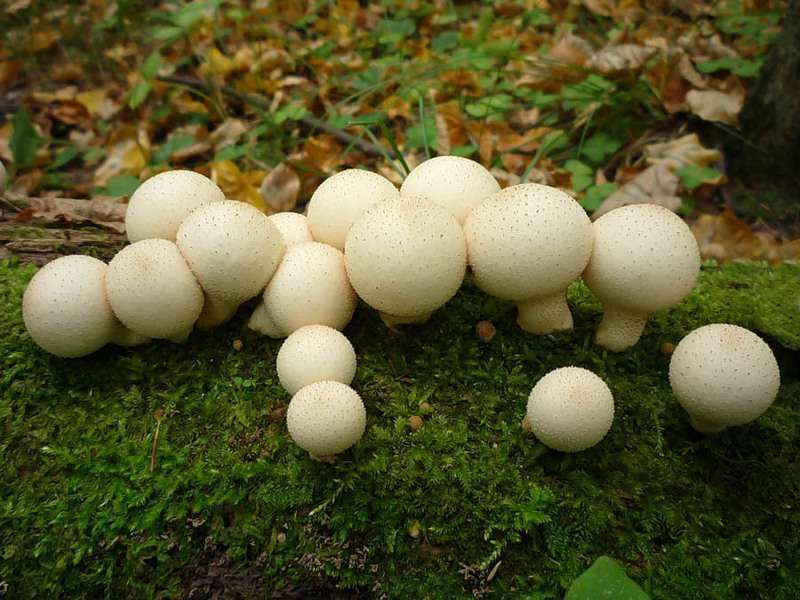
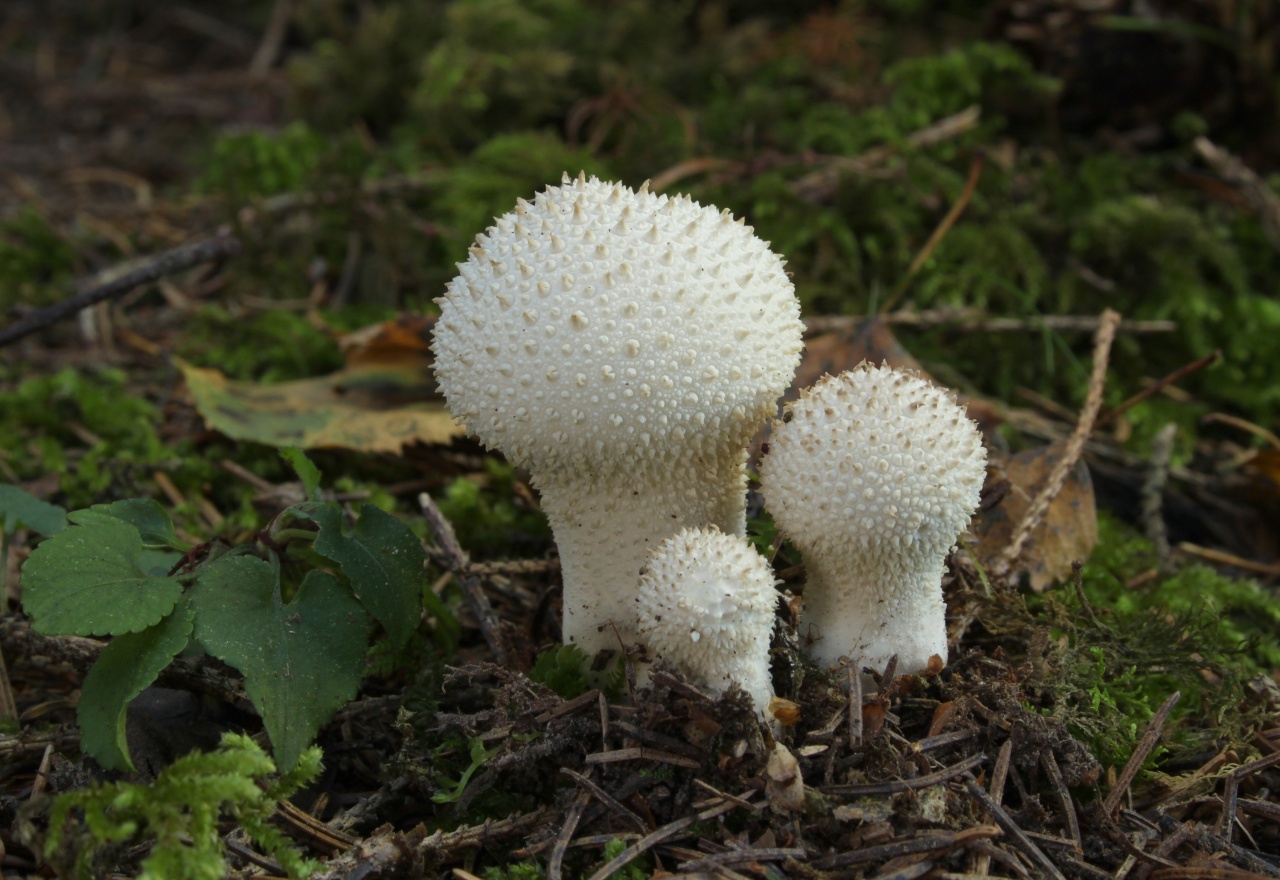
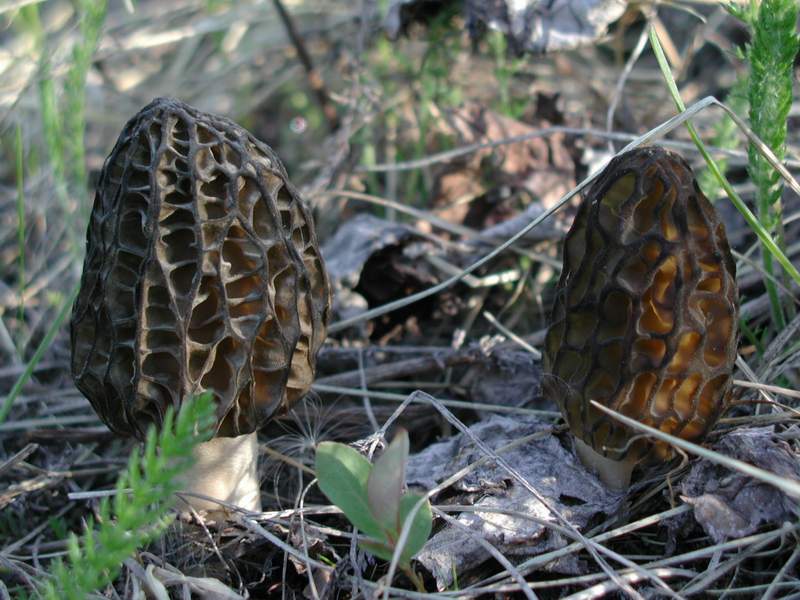
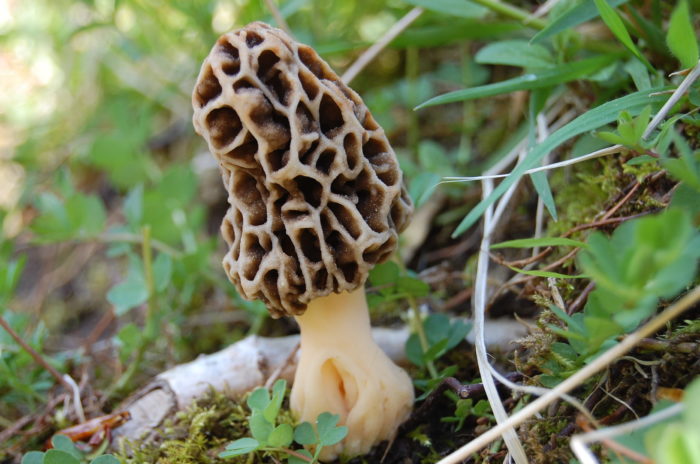
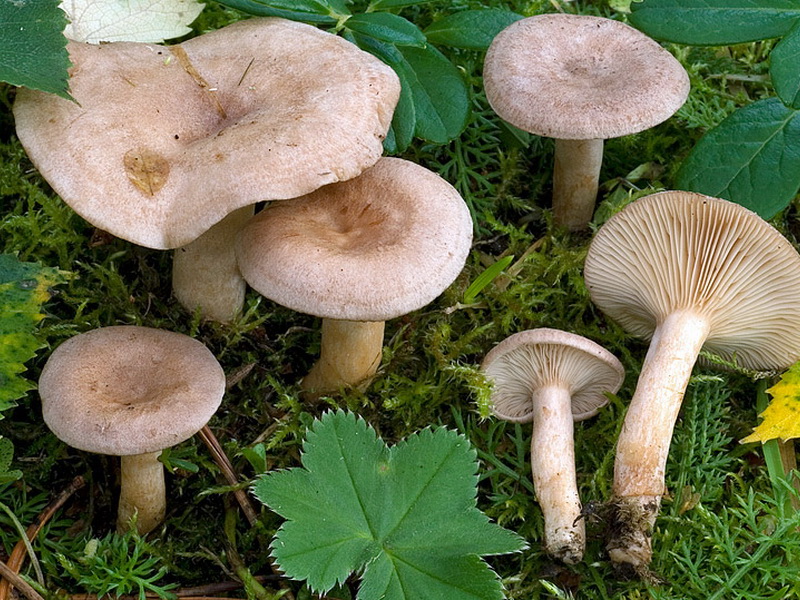
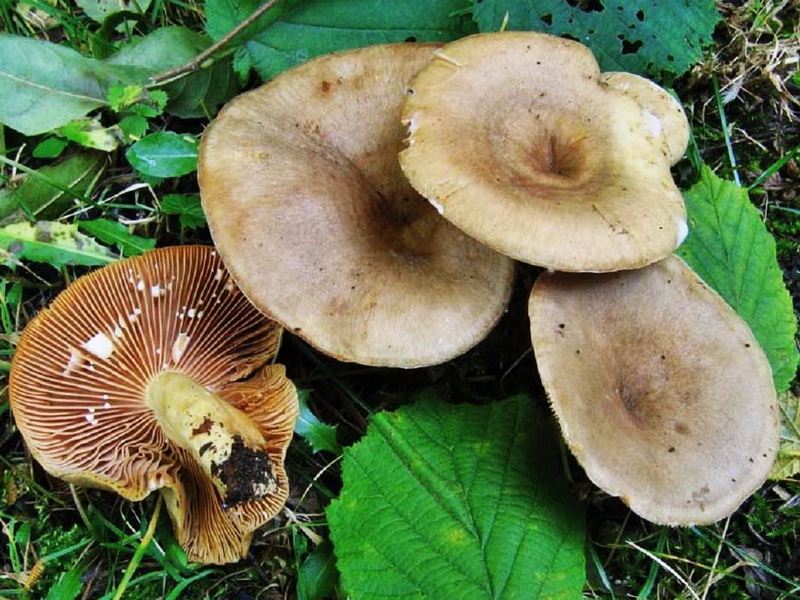
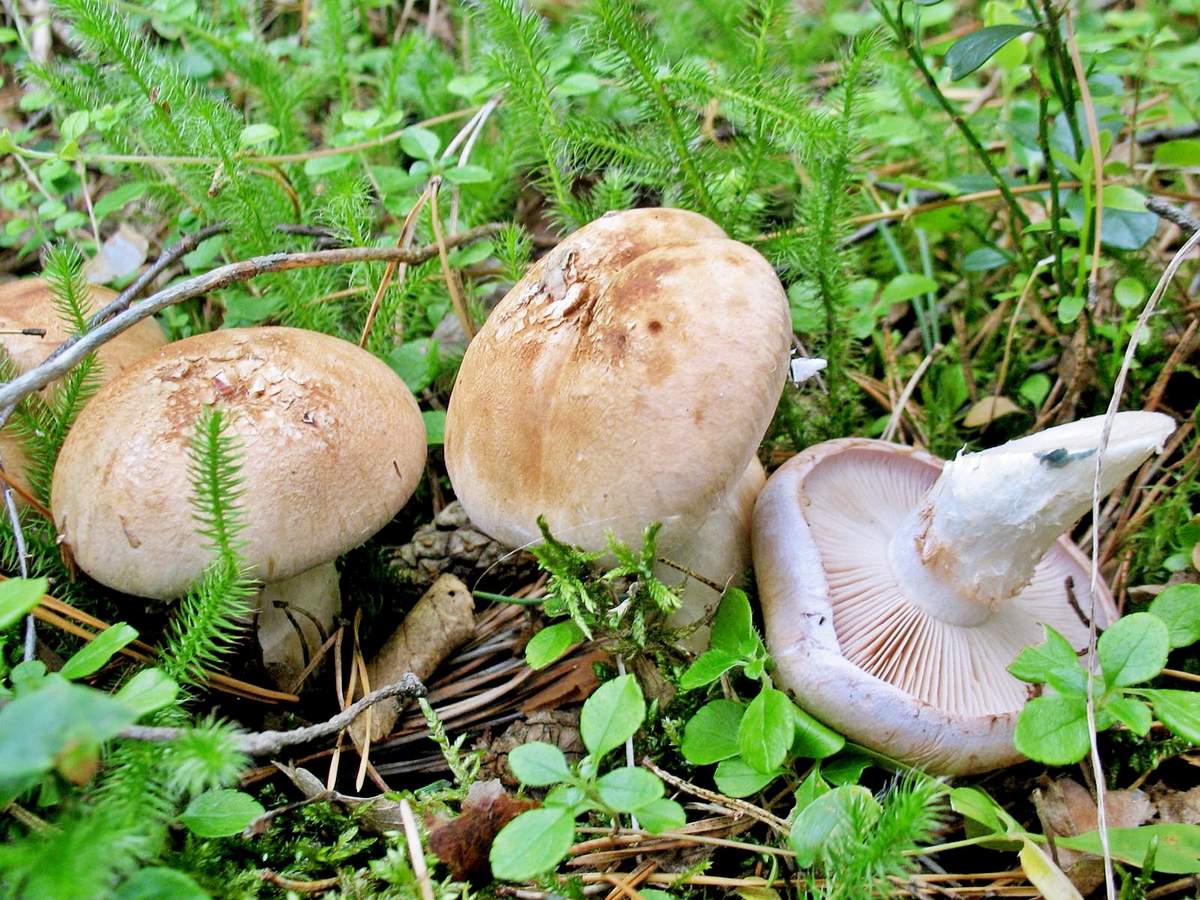
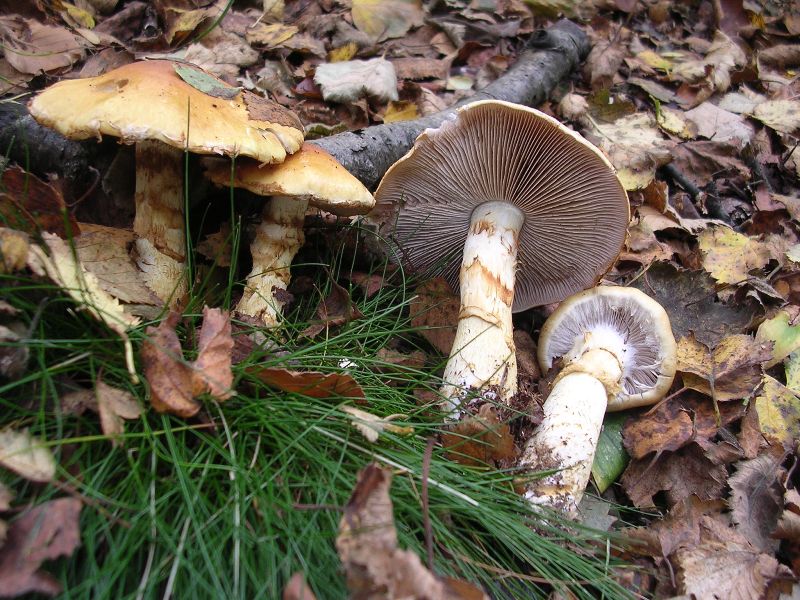
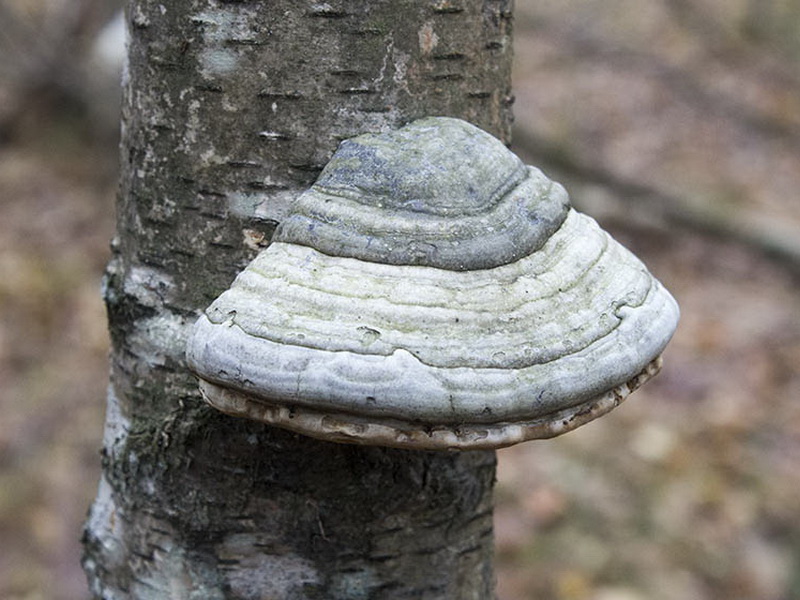
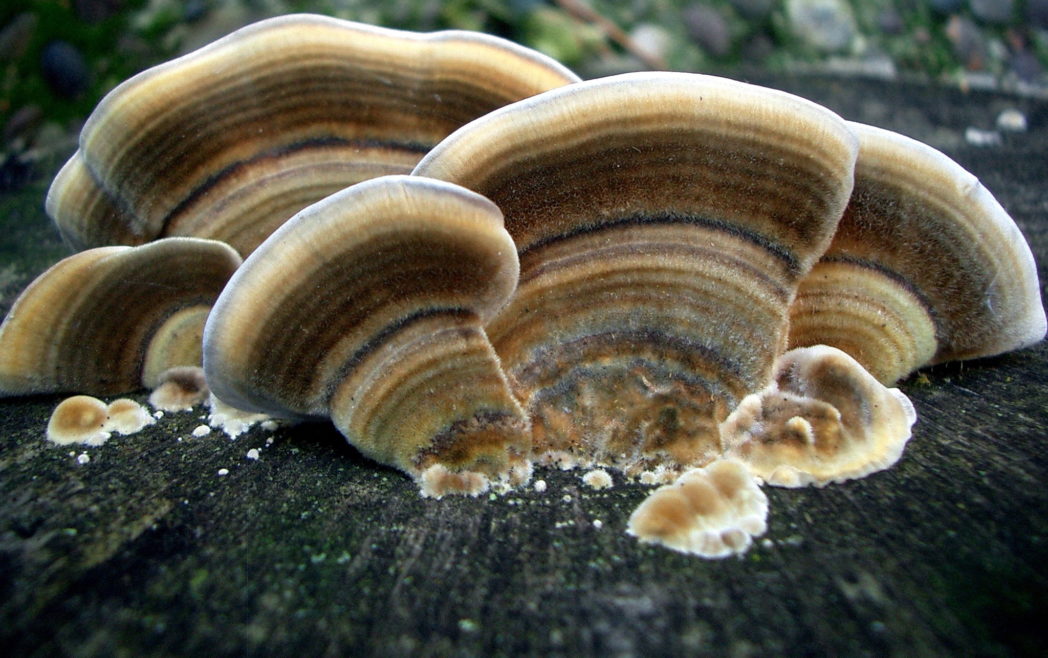
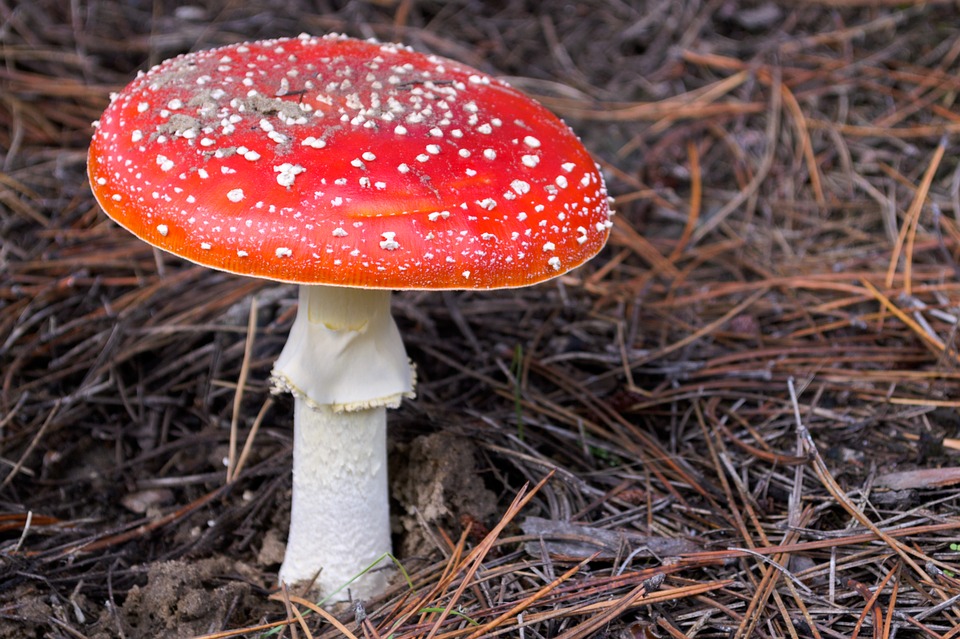
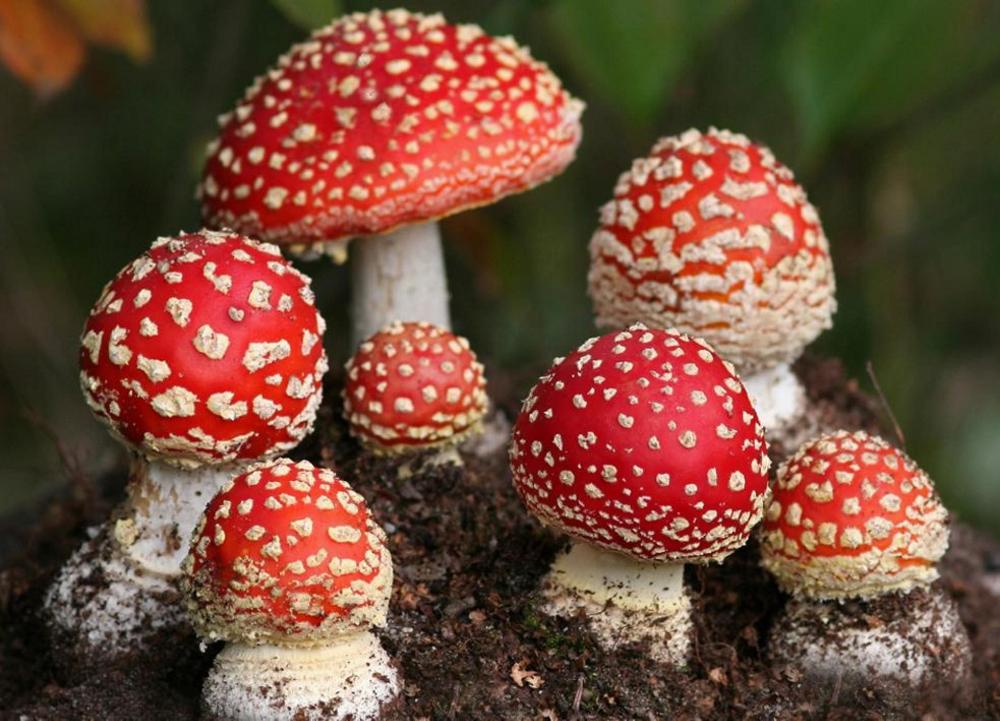
 Care and use of Kombucha at home (+22 photo)
Care and use of Kombucha at home (+22 photo) Edibility of the fungus of the motley umbrella and its description (+19 photo)
Edibility of the fungus of the motley umbrella and its description (+19 photo) Description of edible and inedible oils, their poisonous counterparts (+40 photos)
Description of edible and inedible oils, their poisonous counterparts (+40 photos) Useful properties of milk mushroom and its contraindications (+17 photos)
Useful properties of milk mushroom and its contraindications (+17 photos)